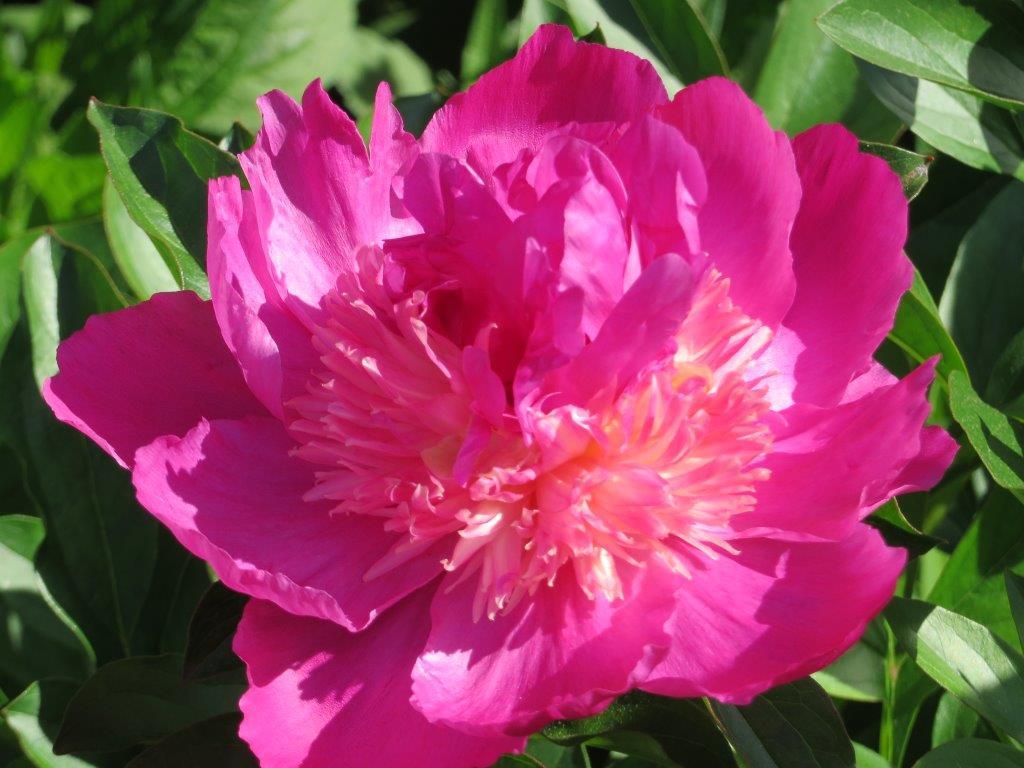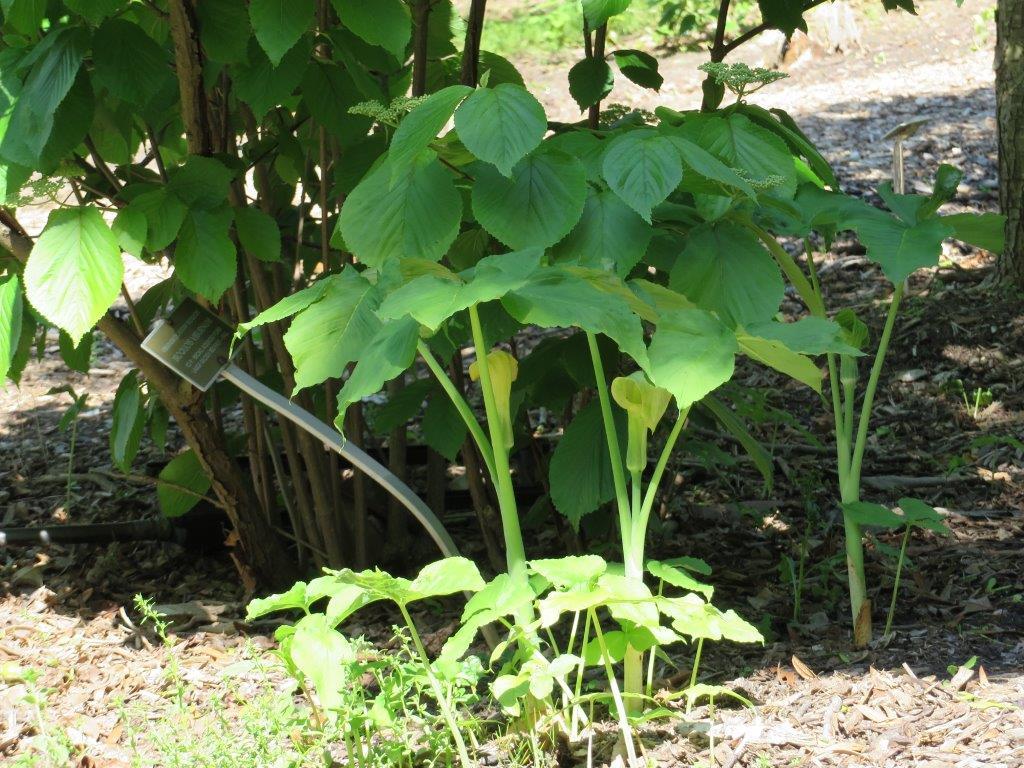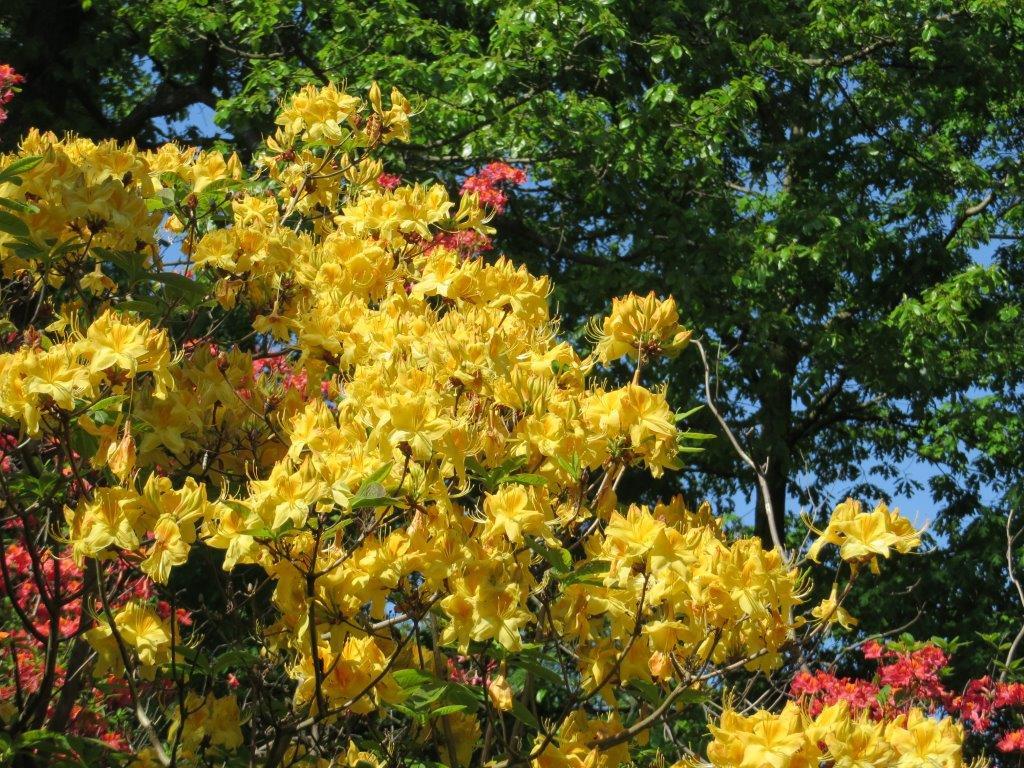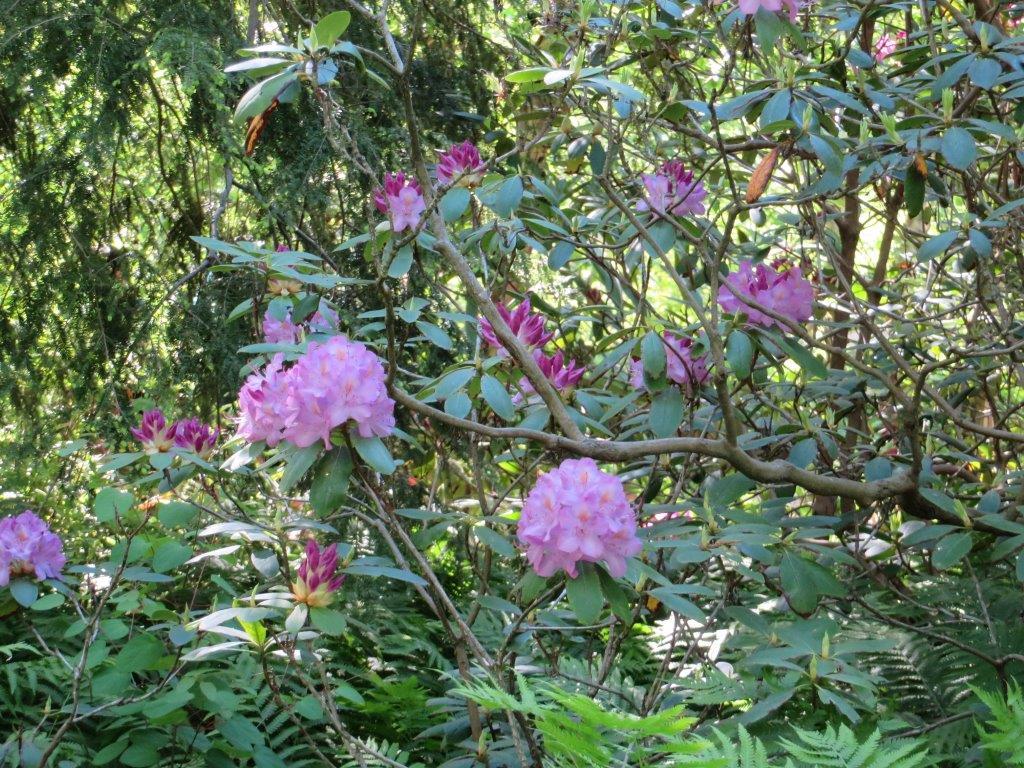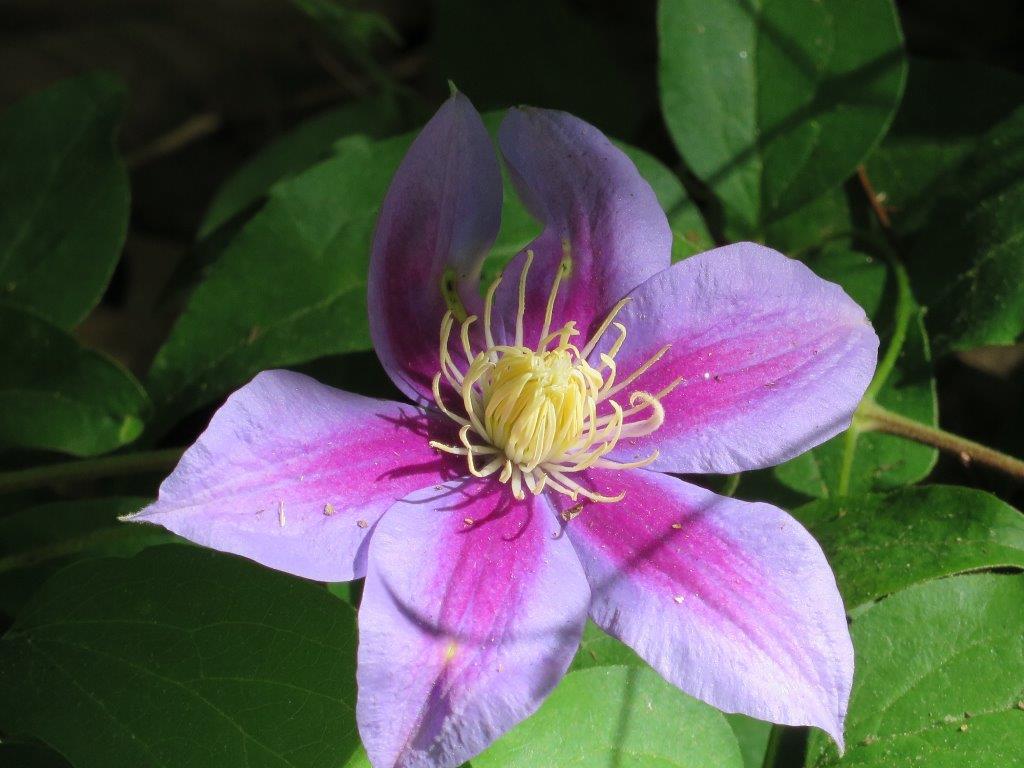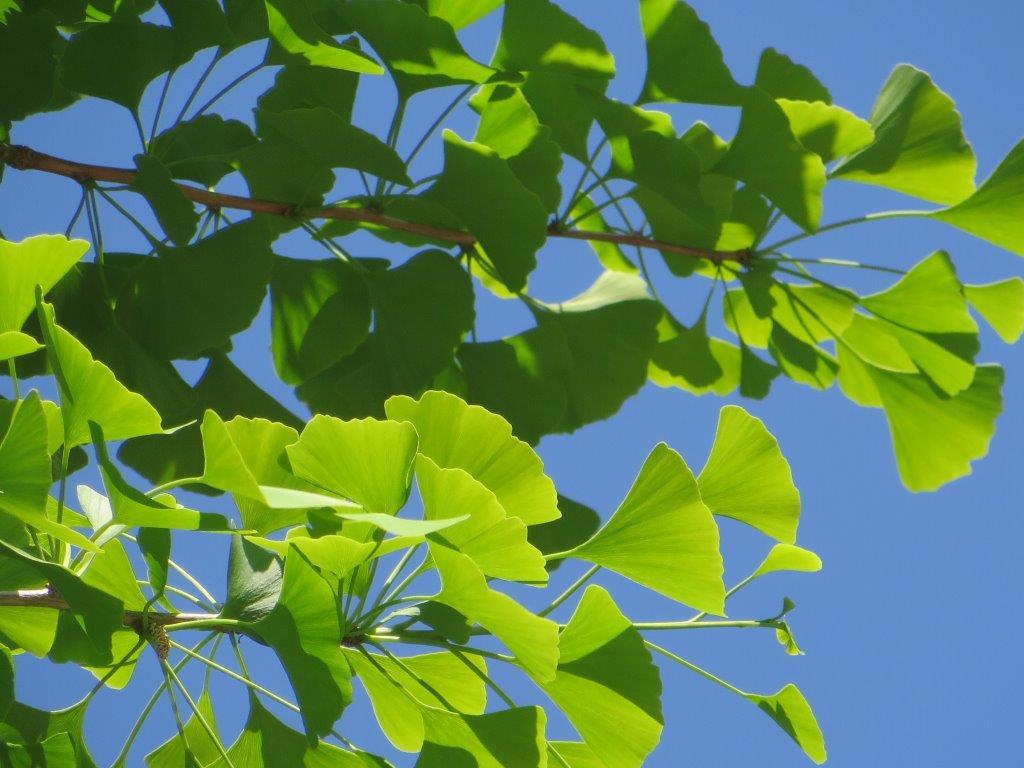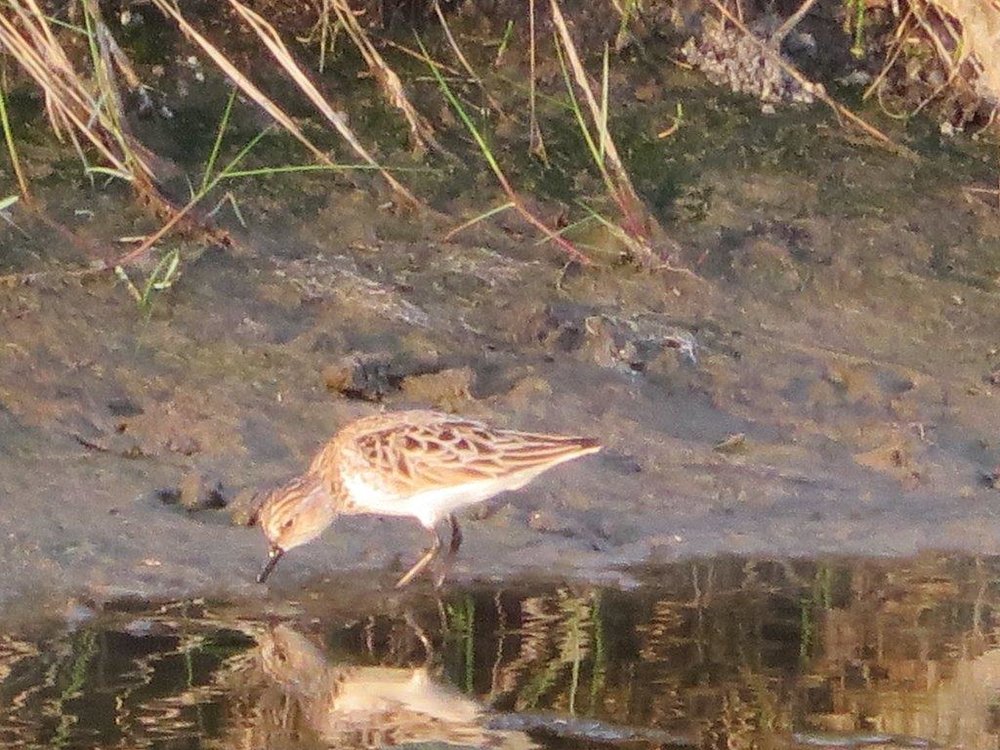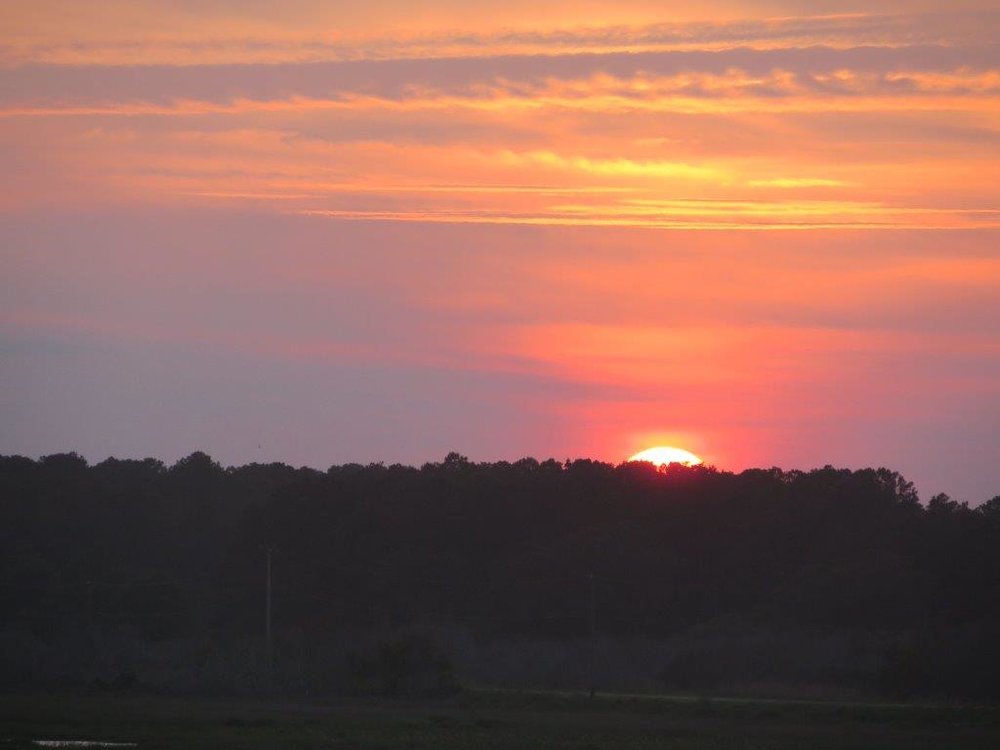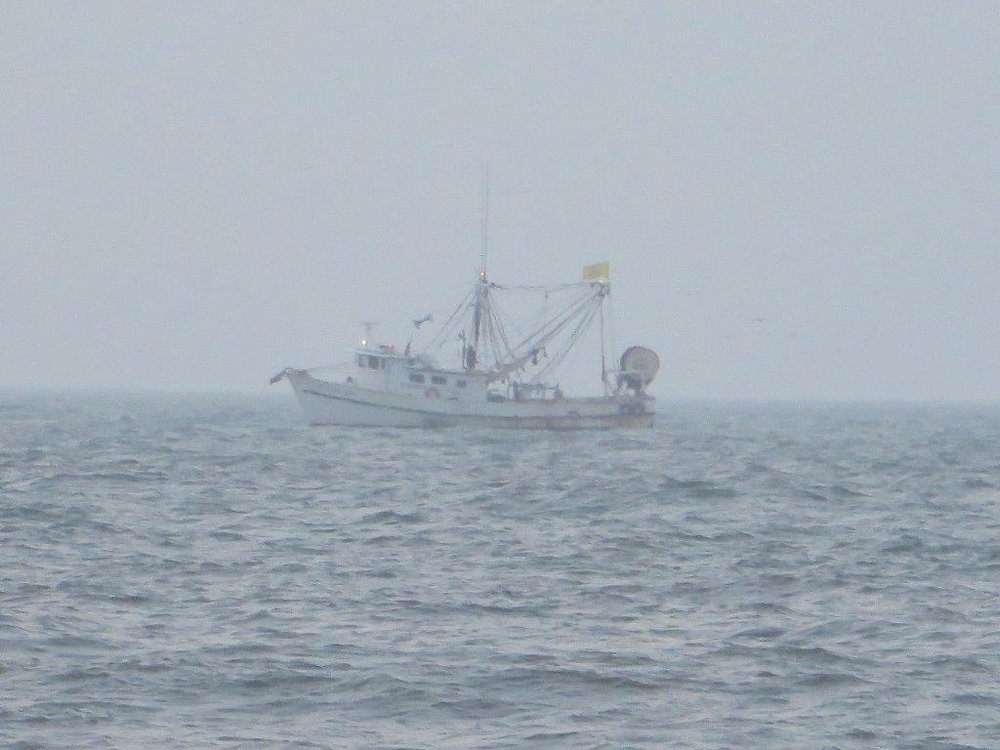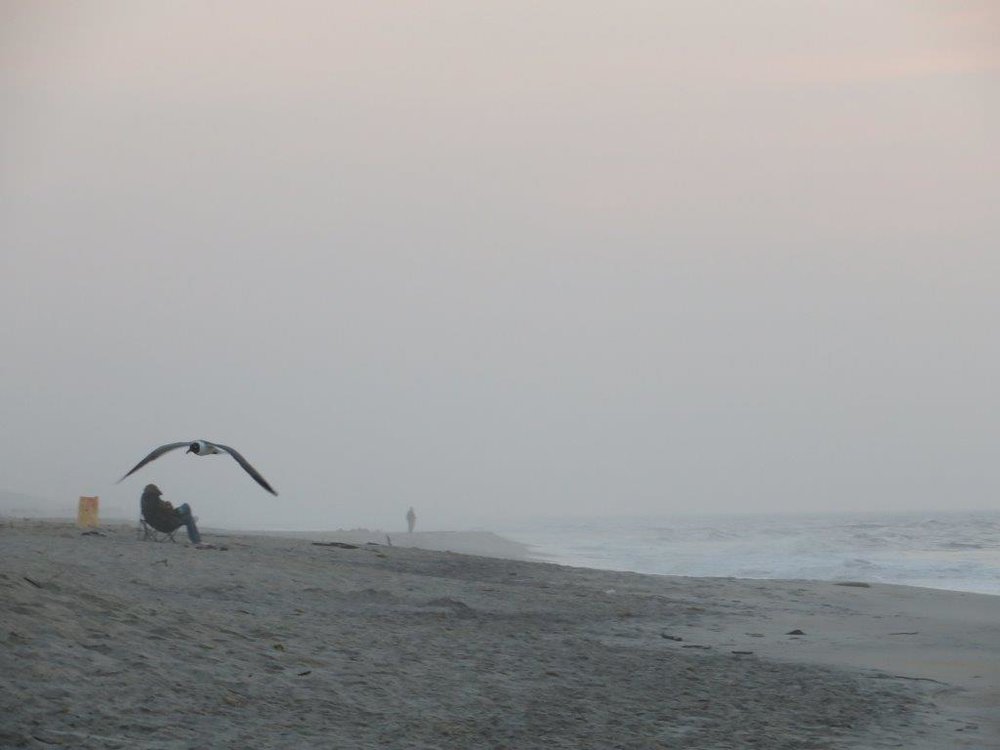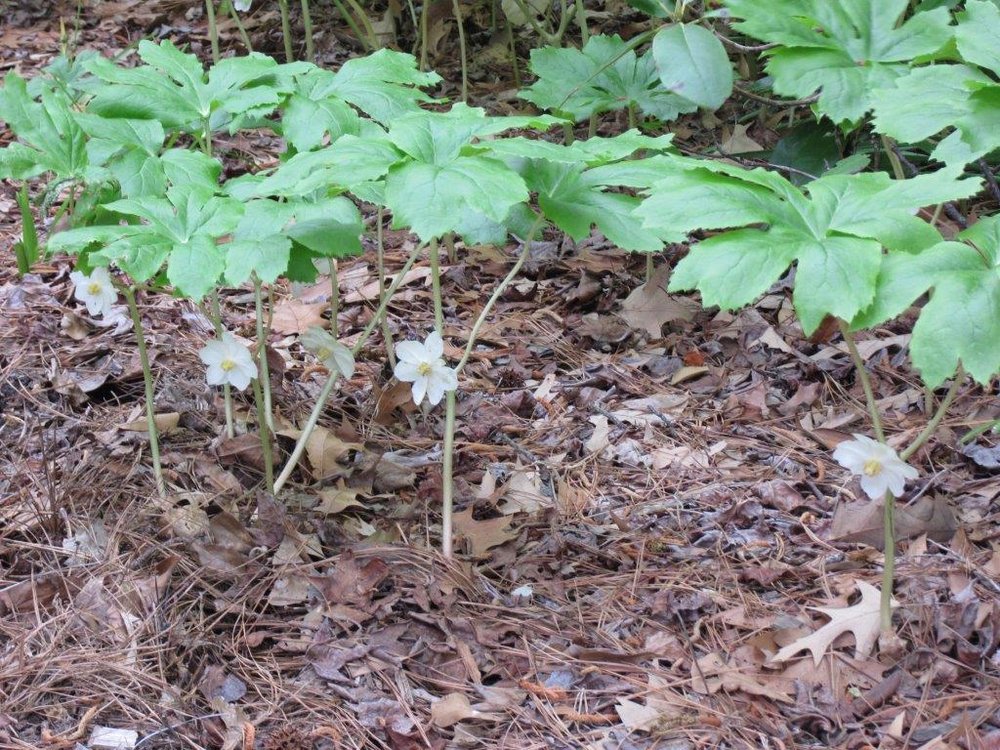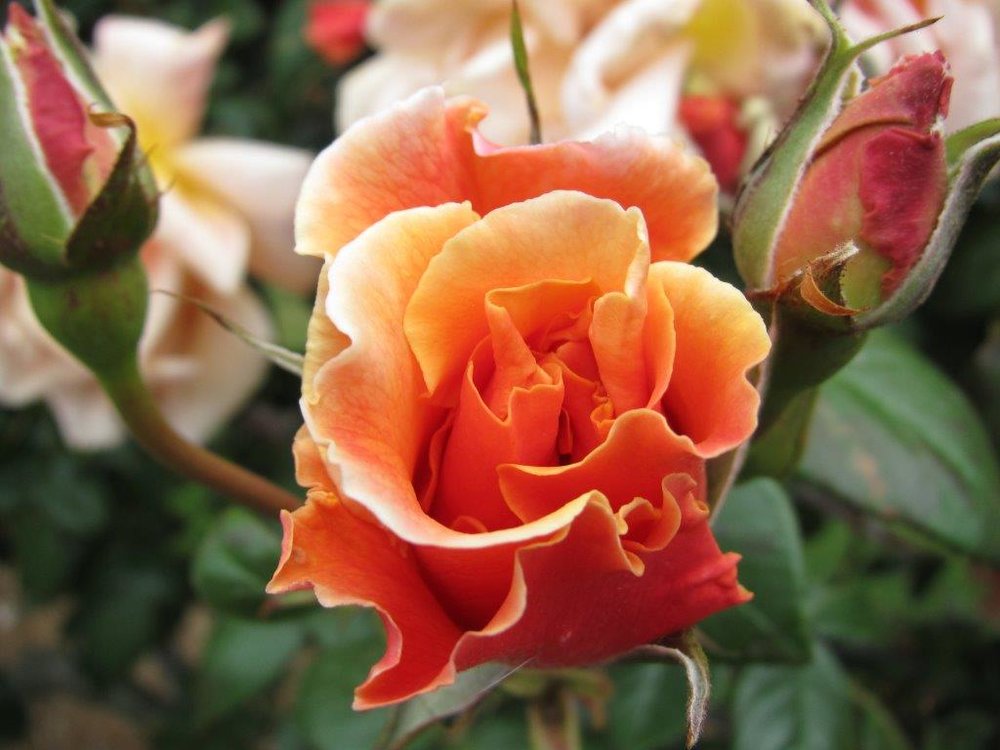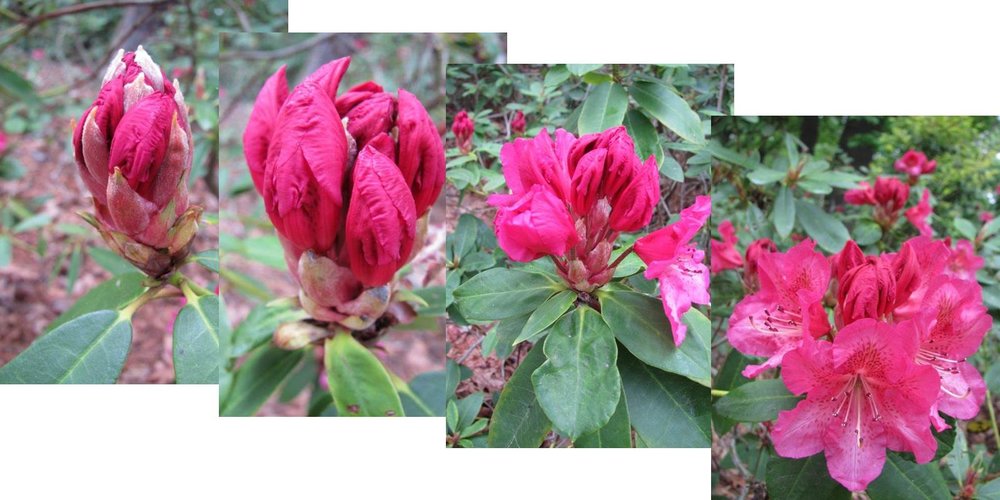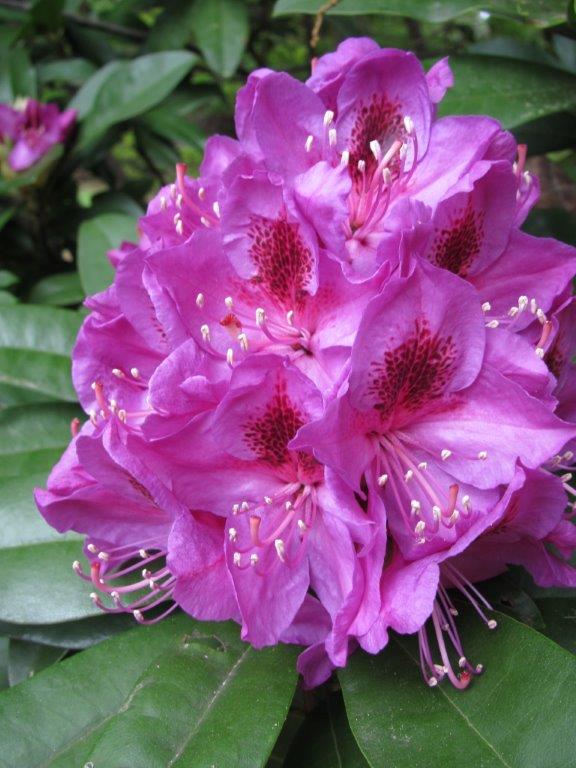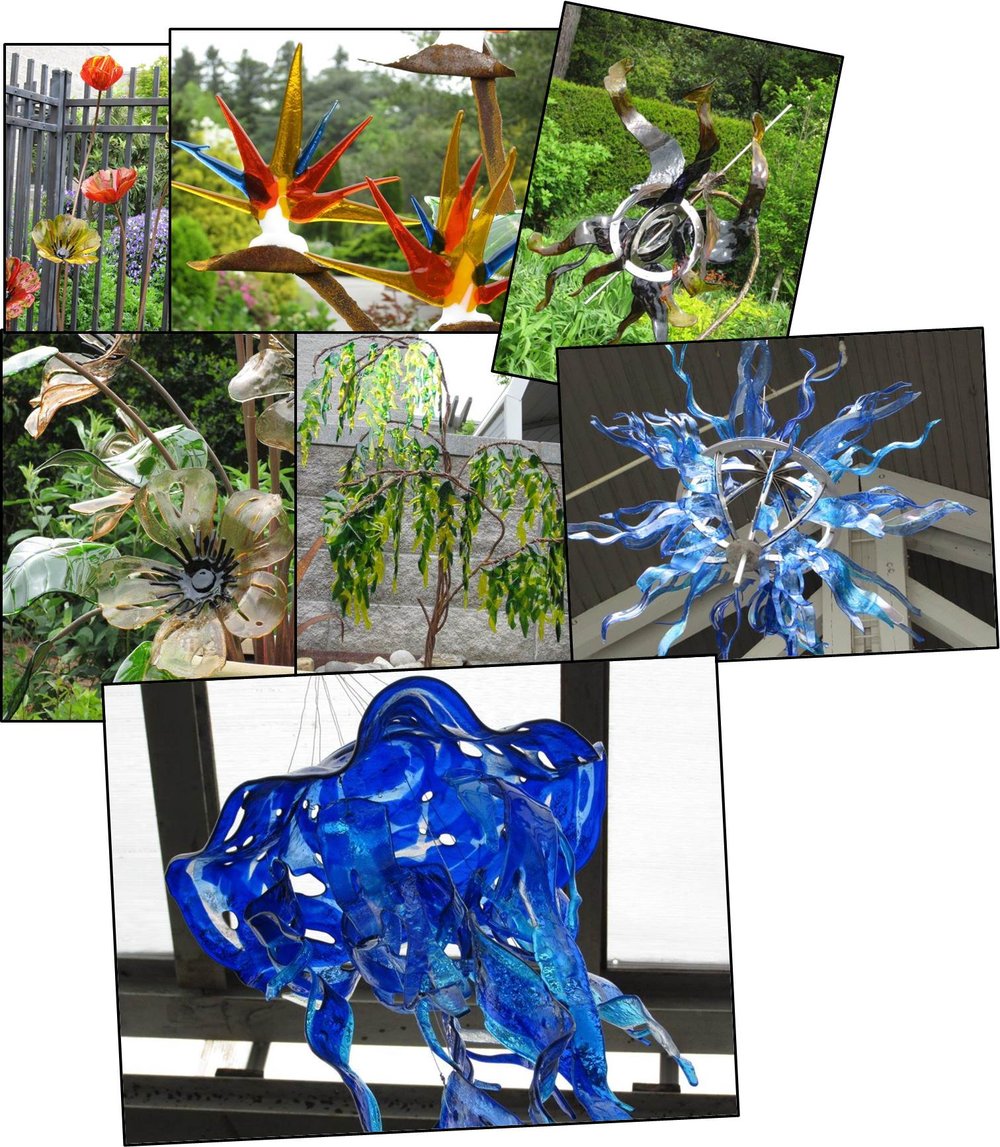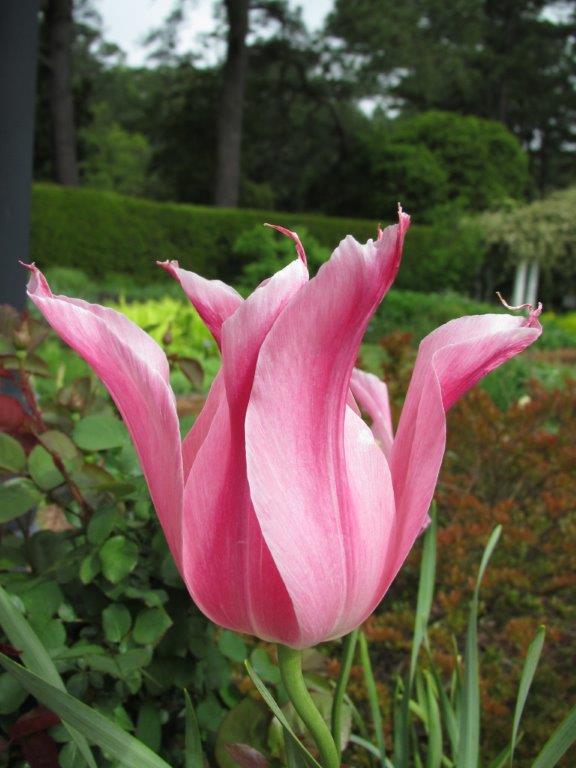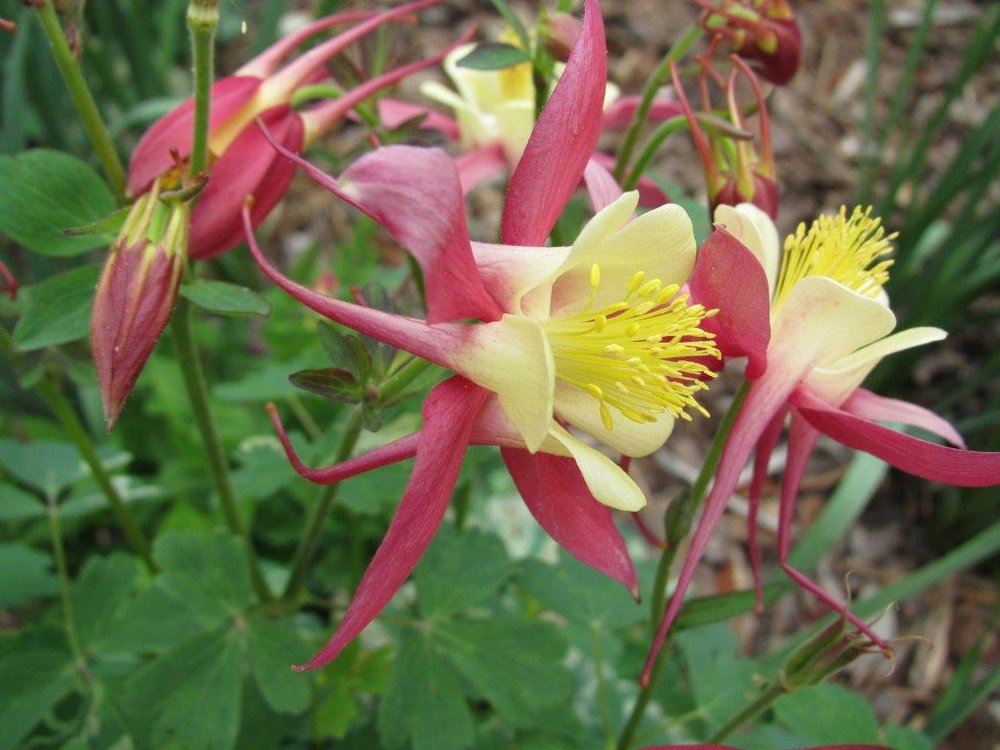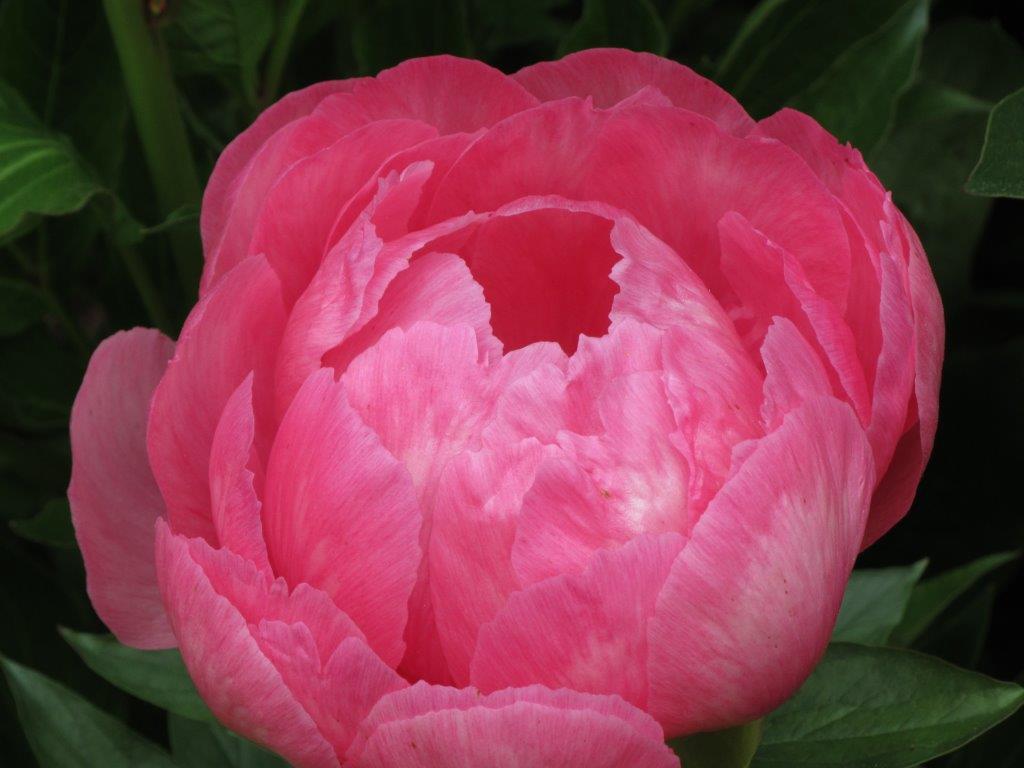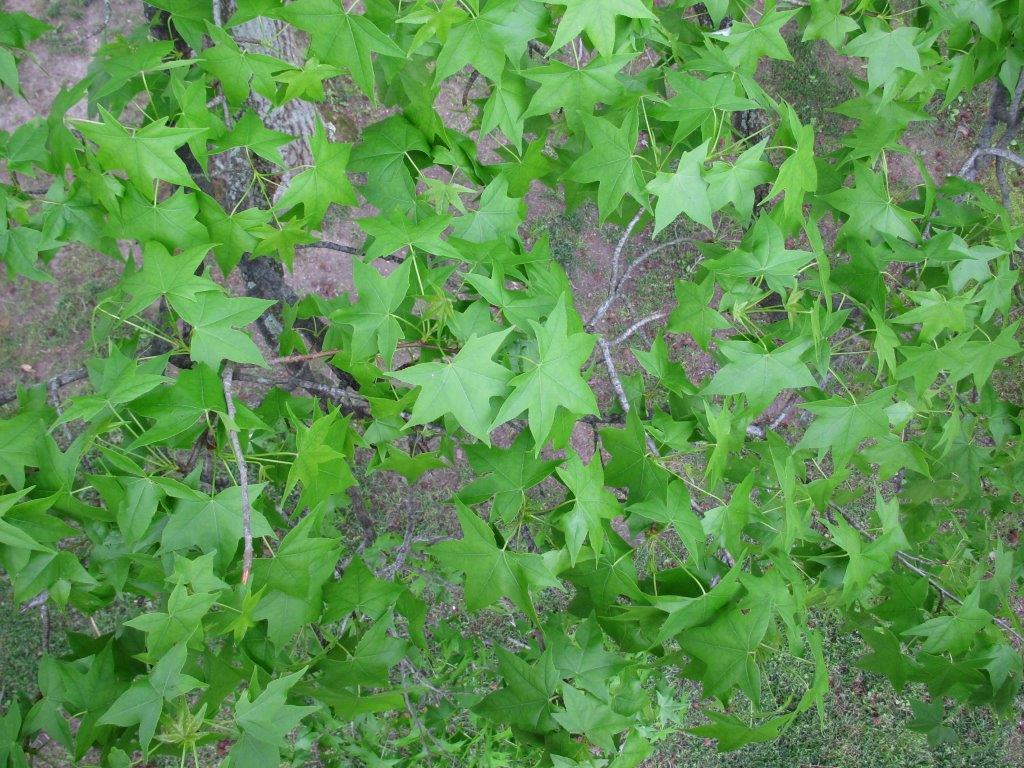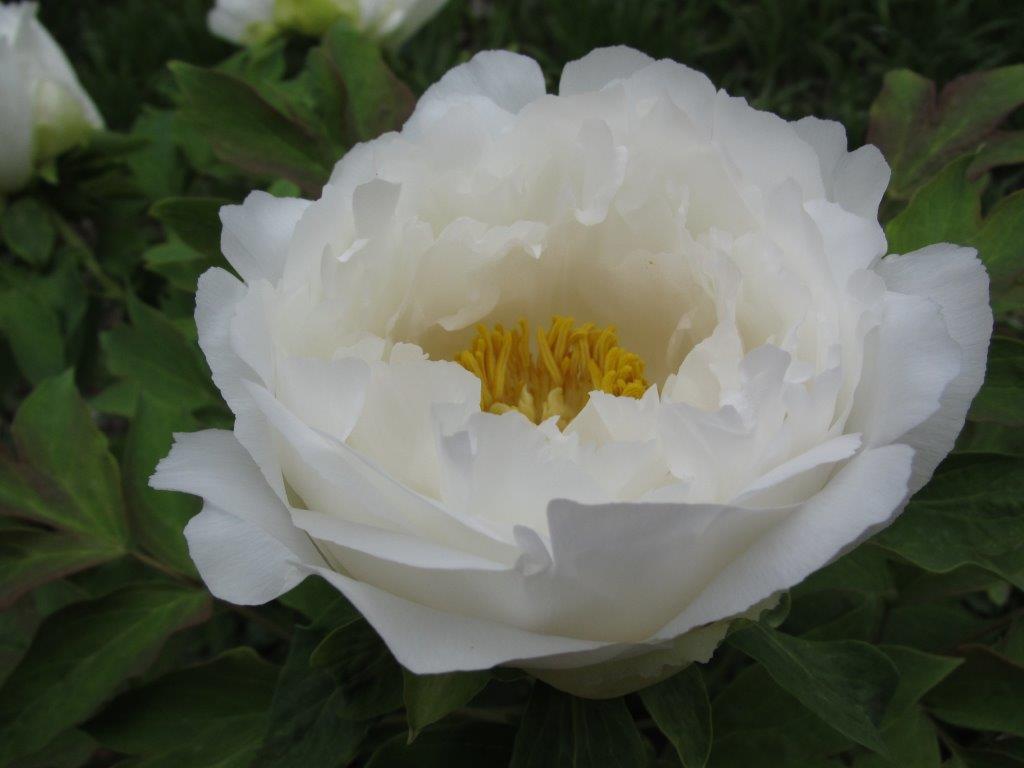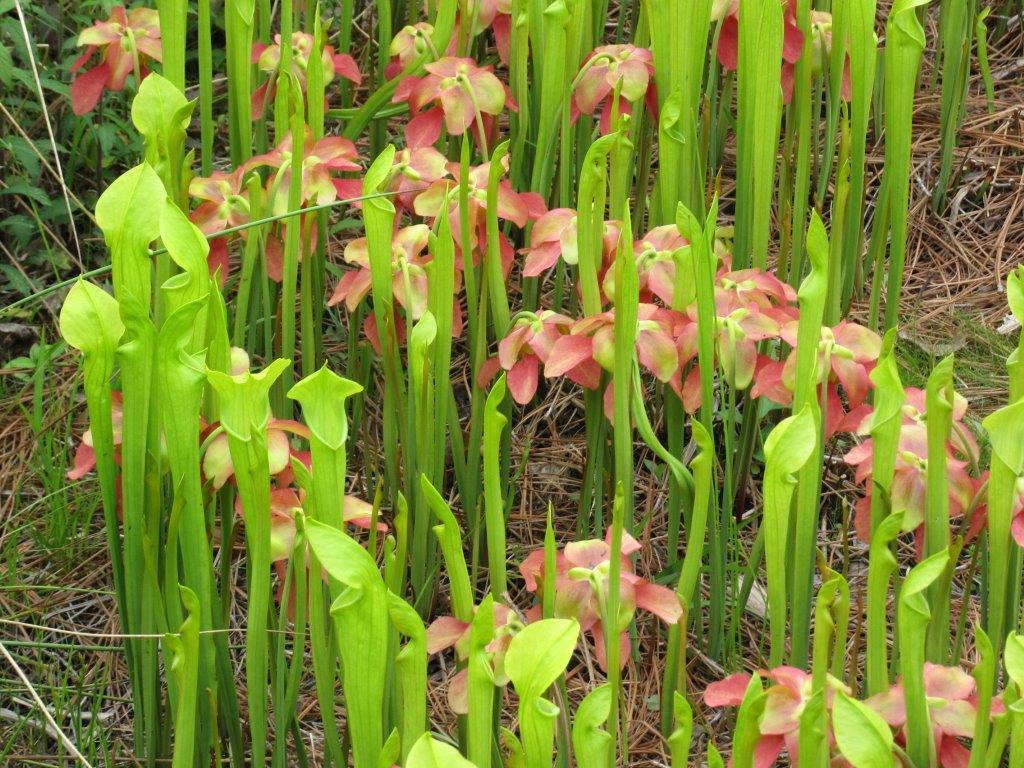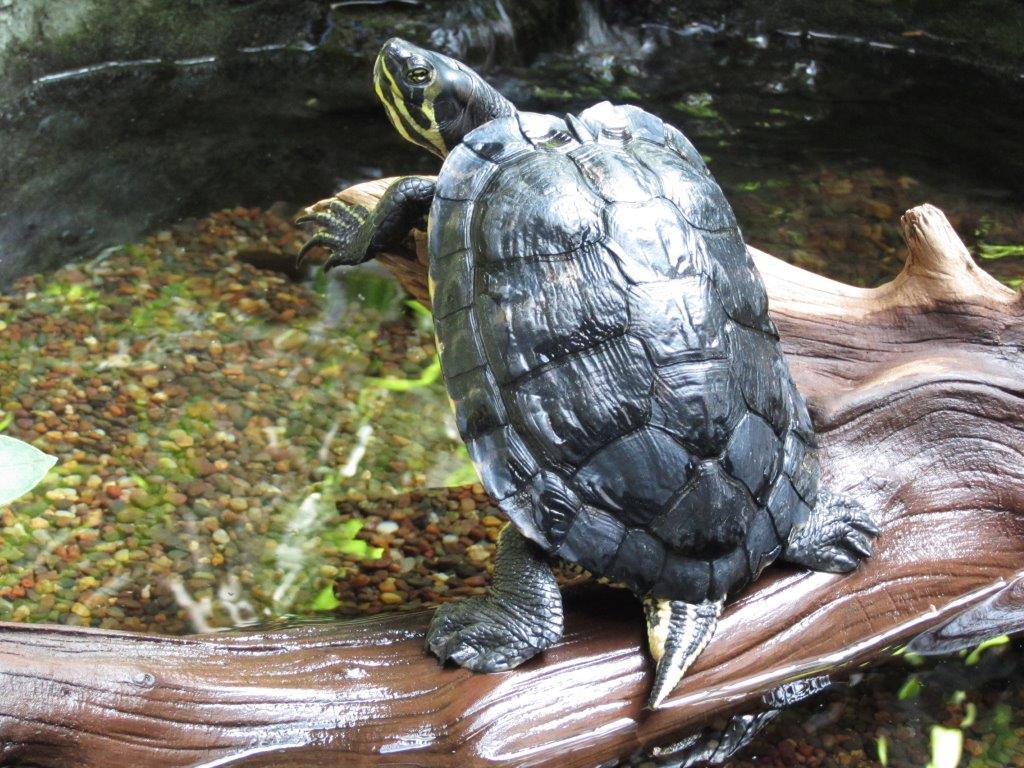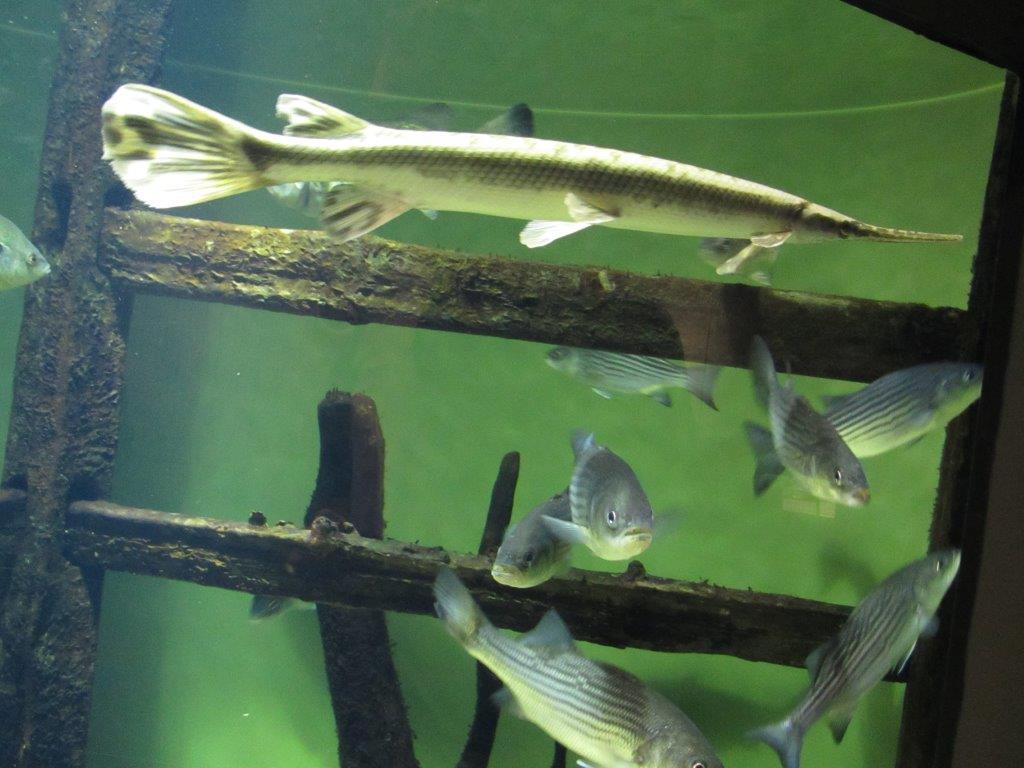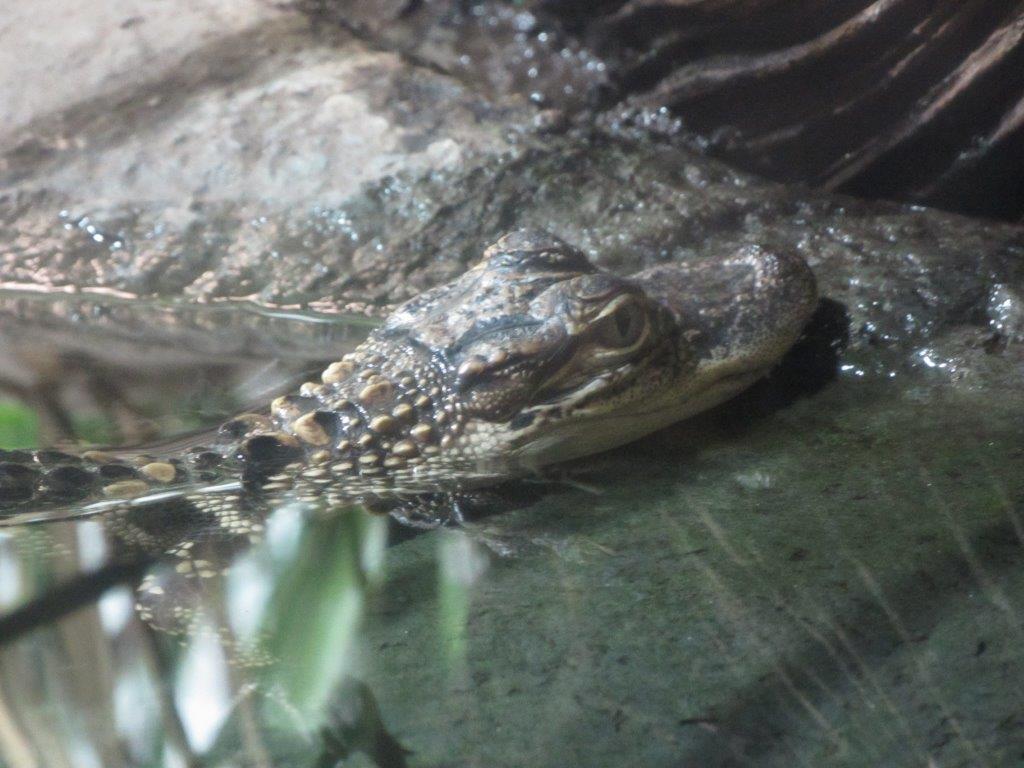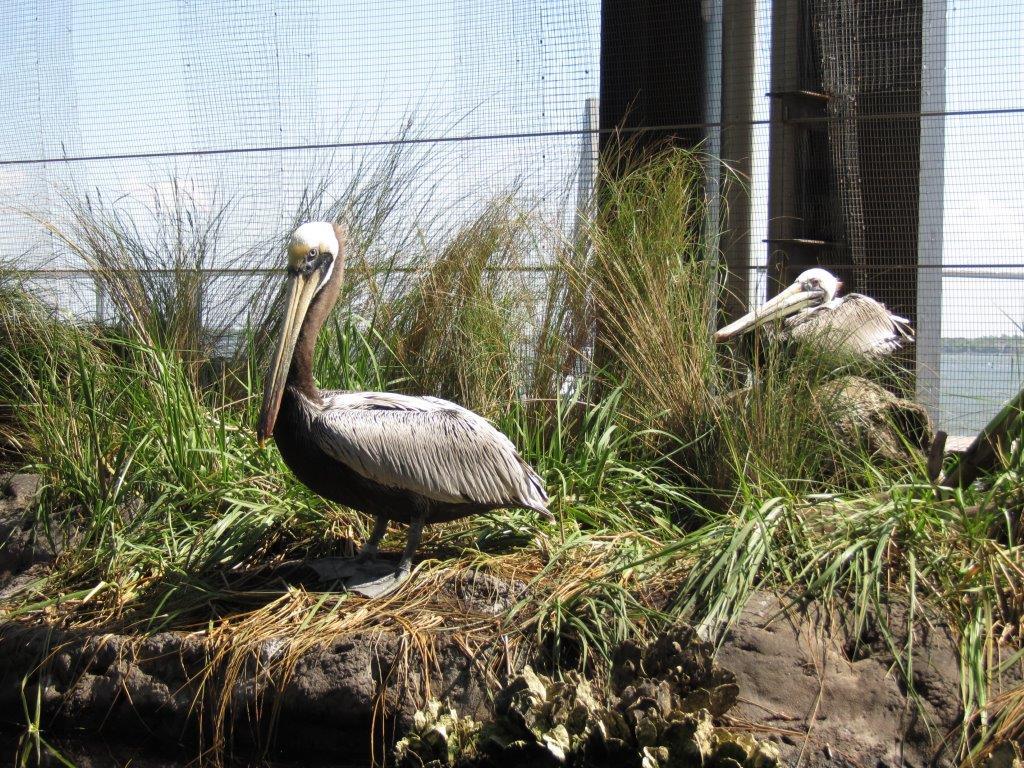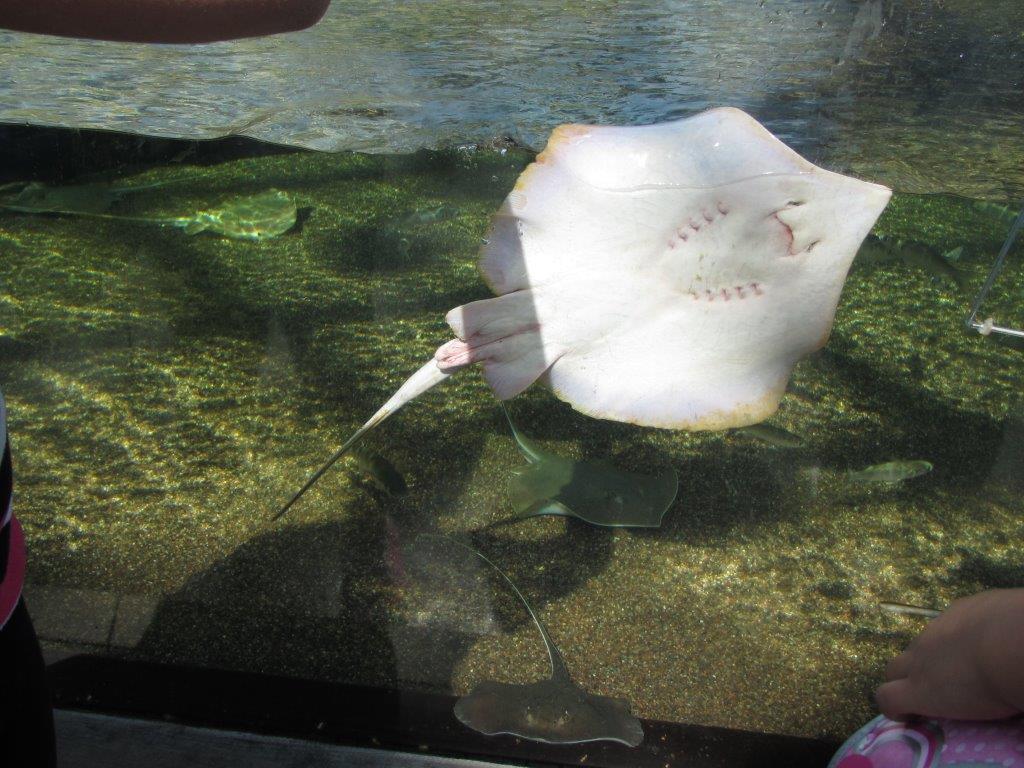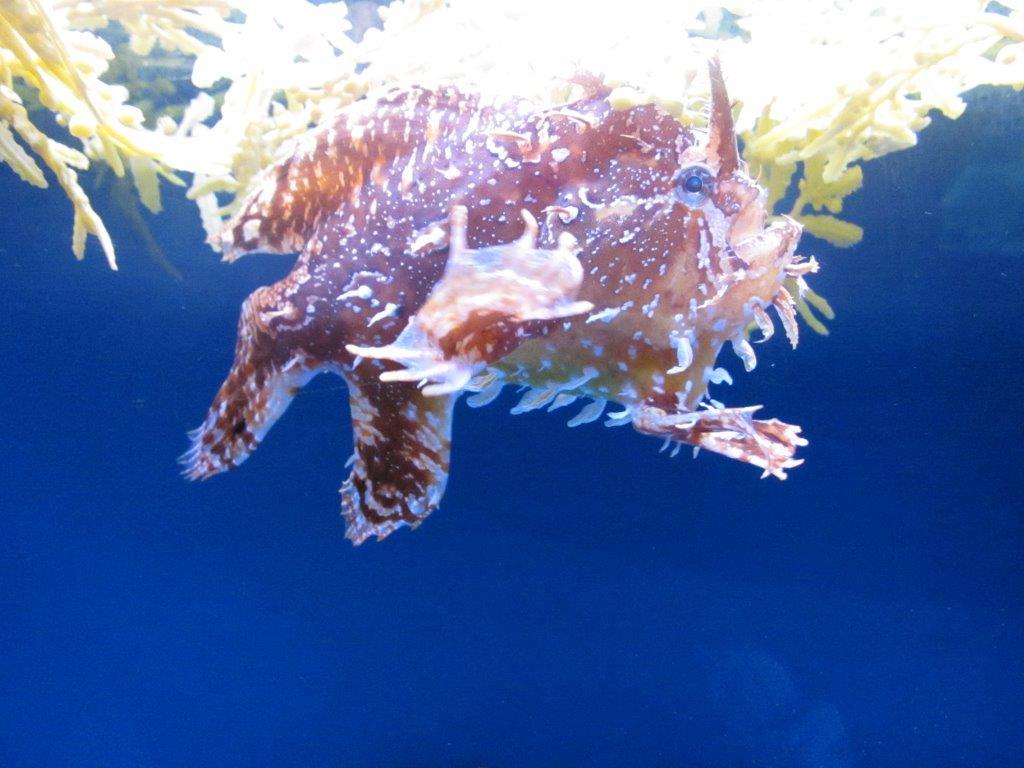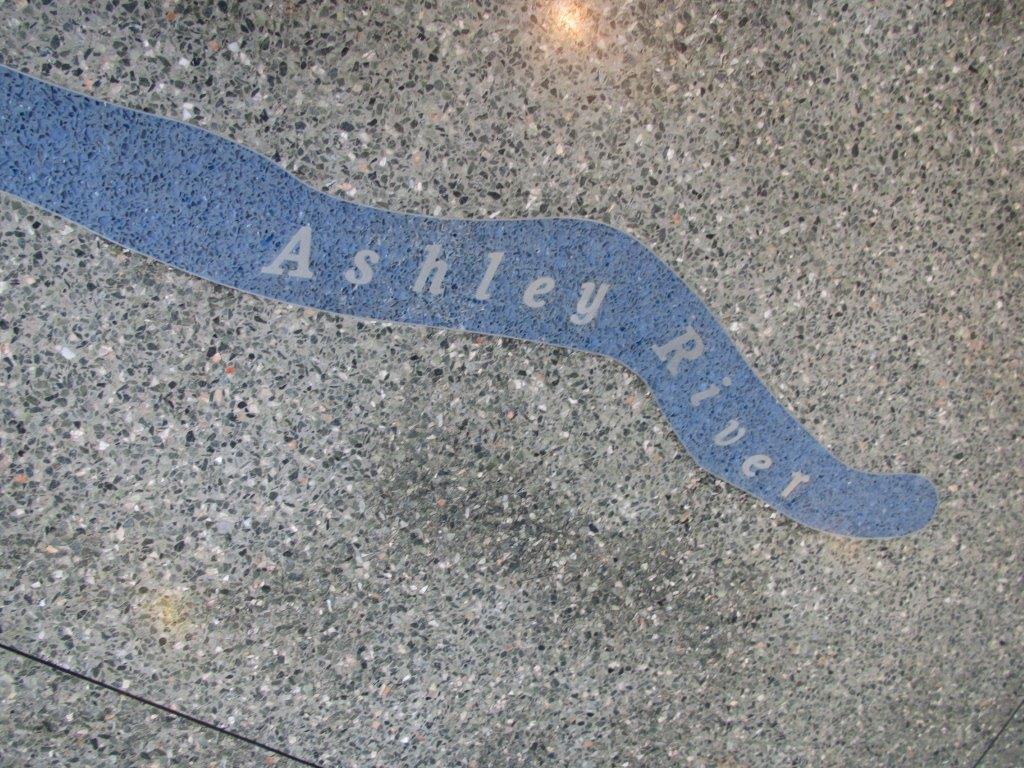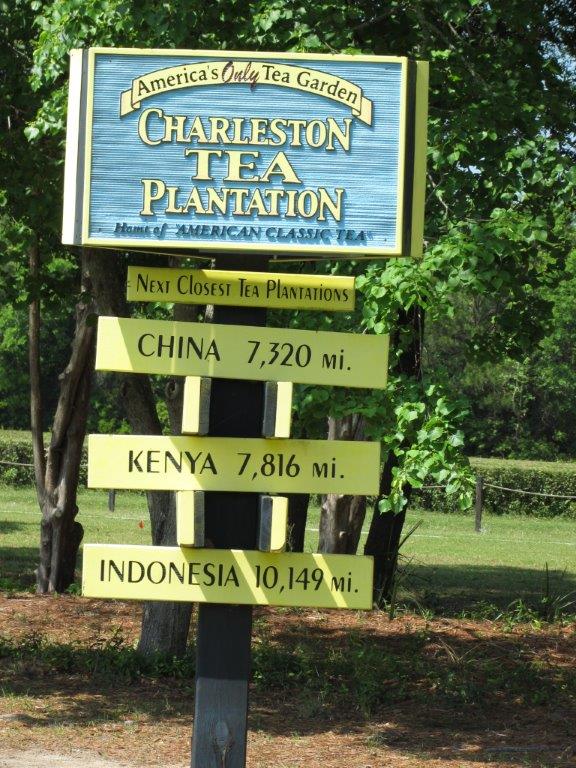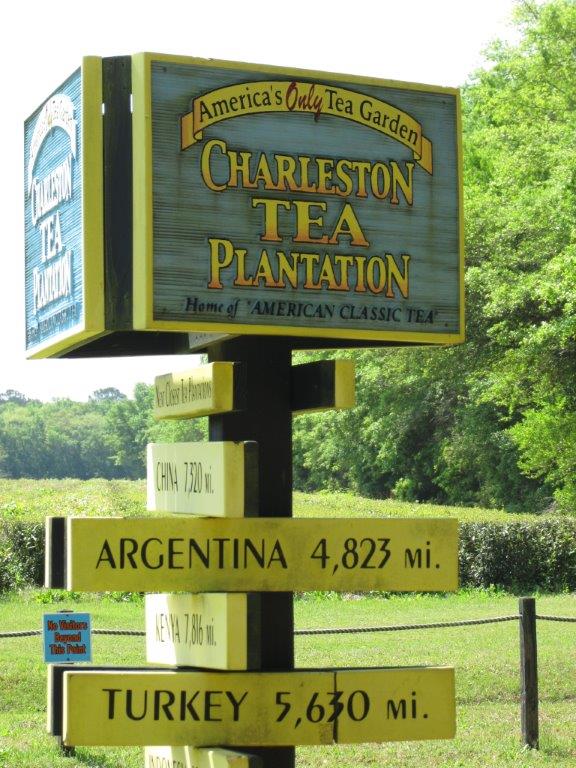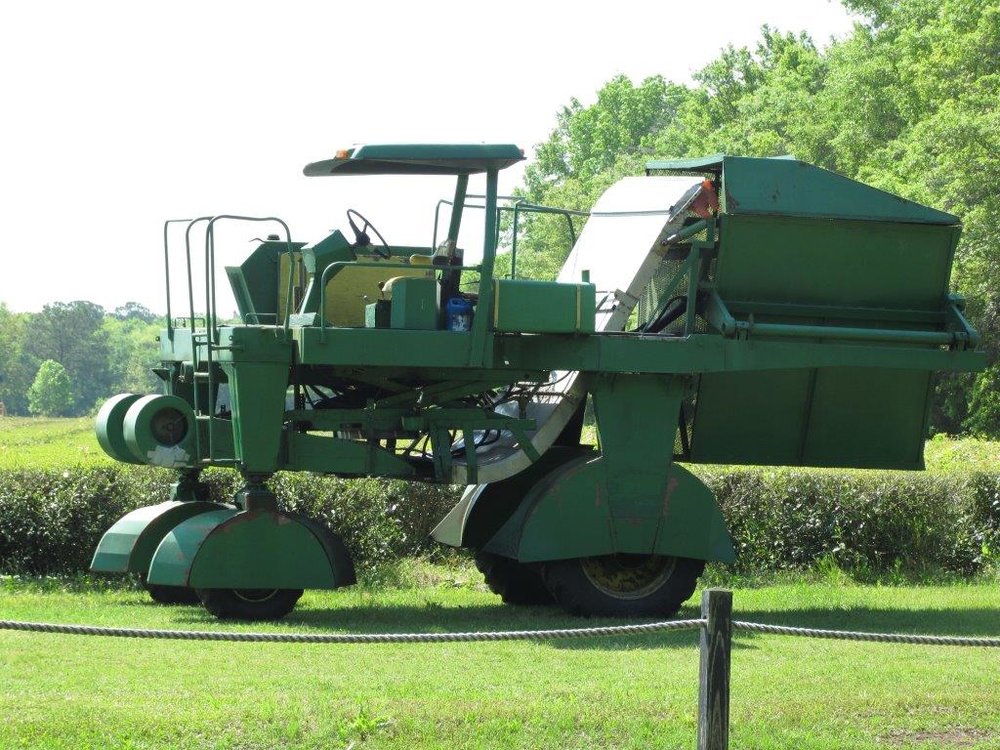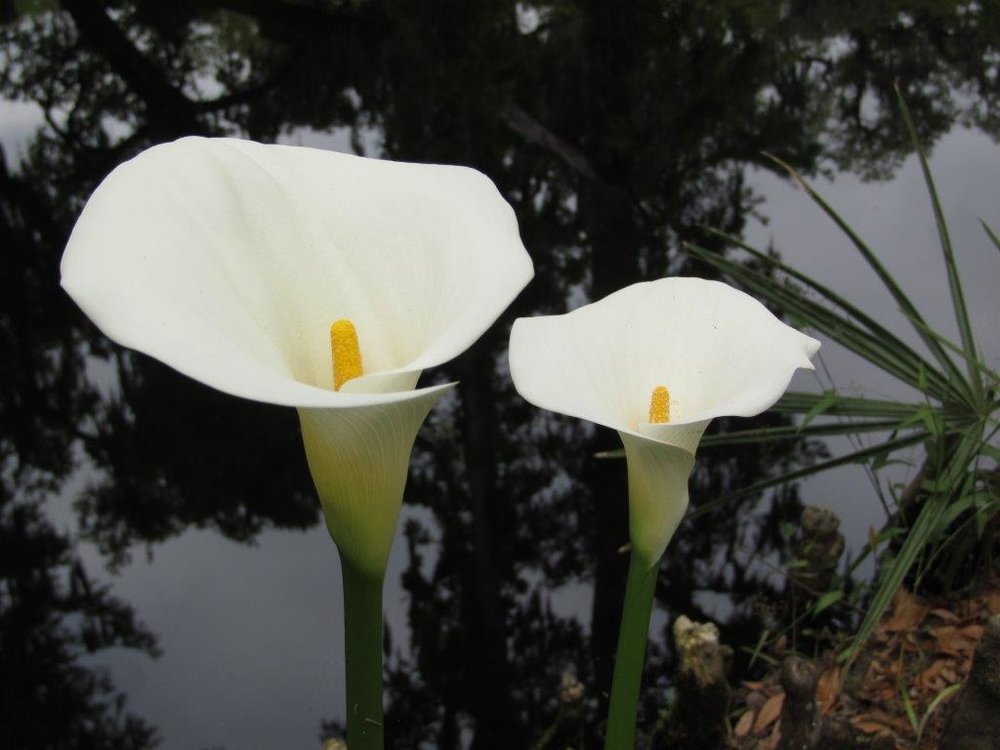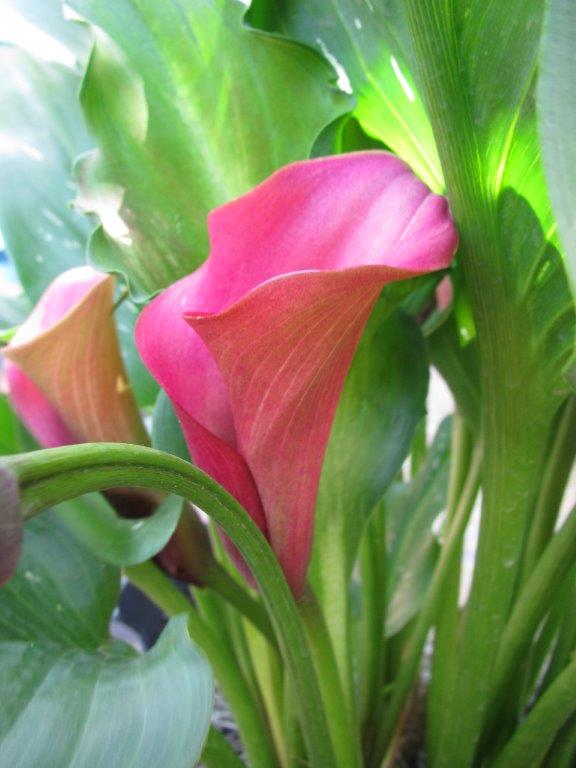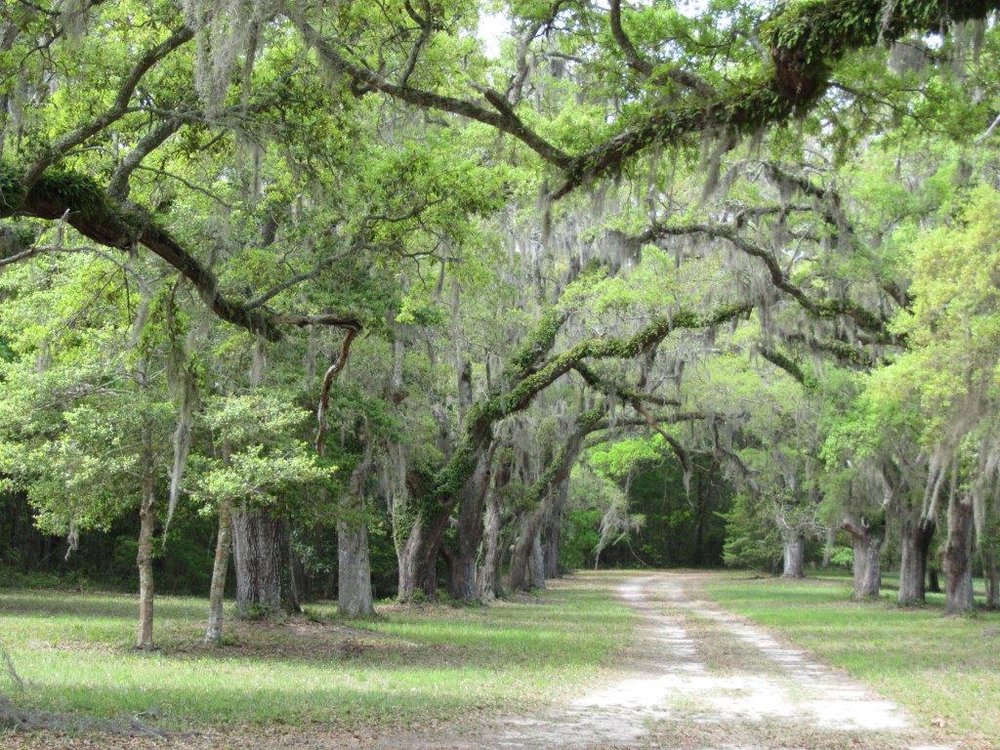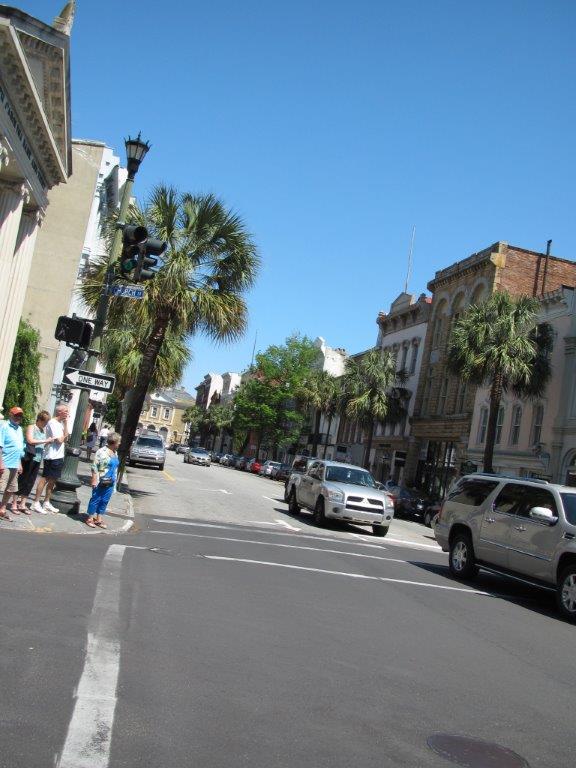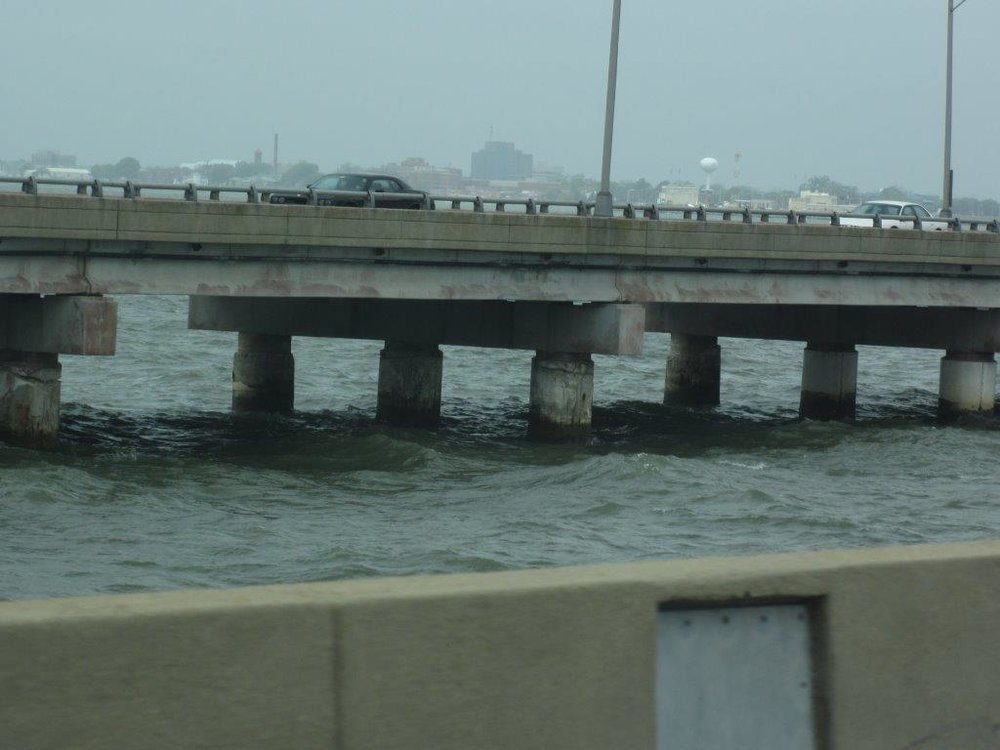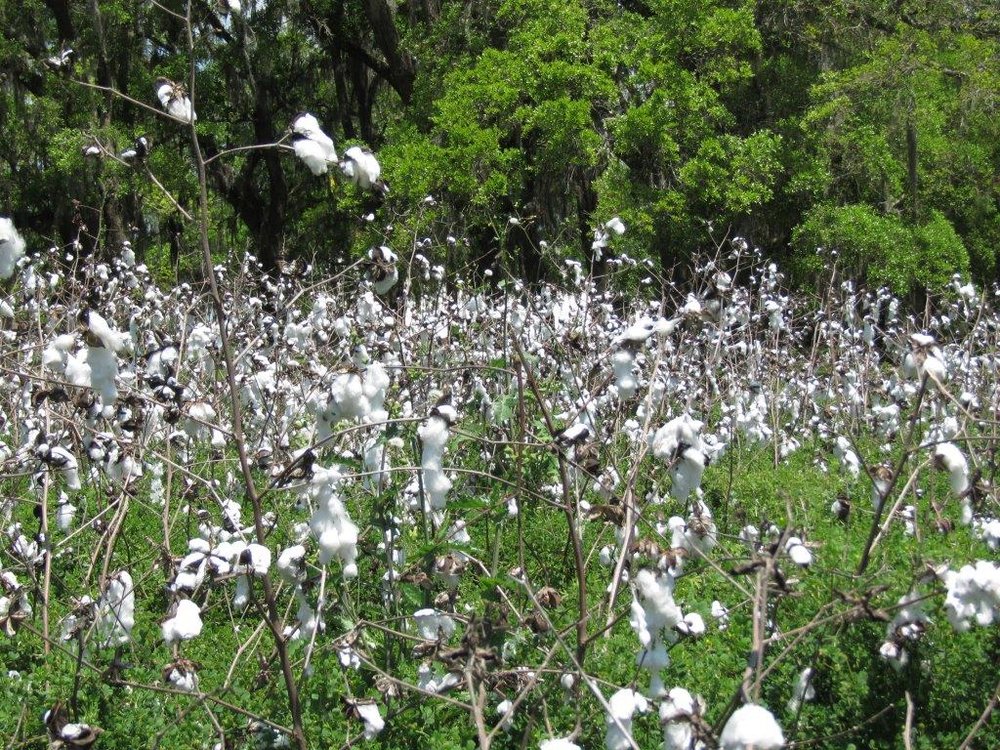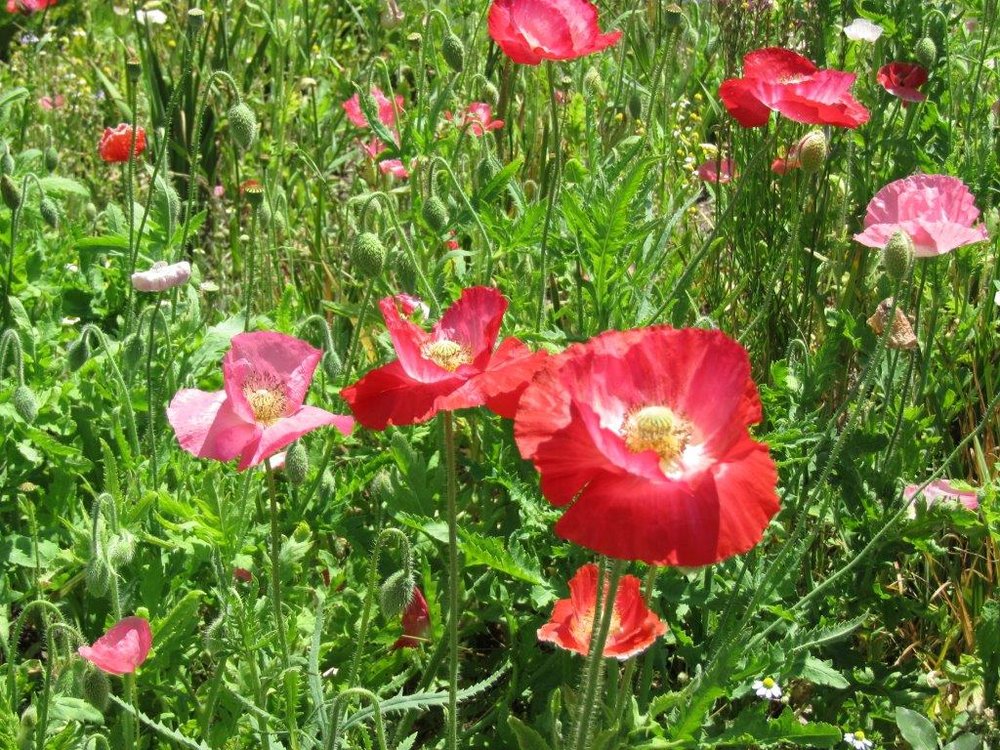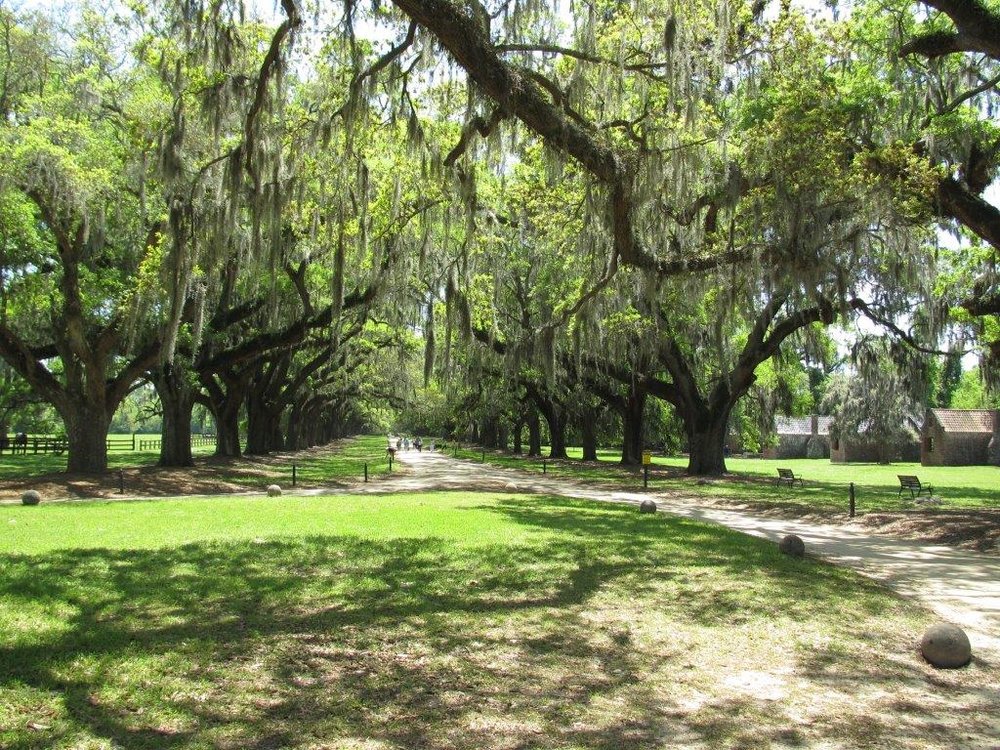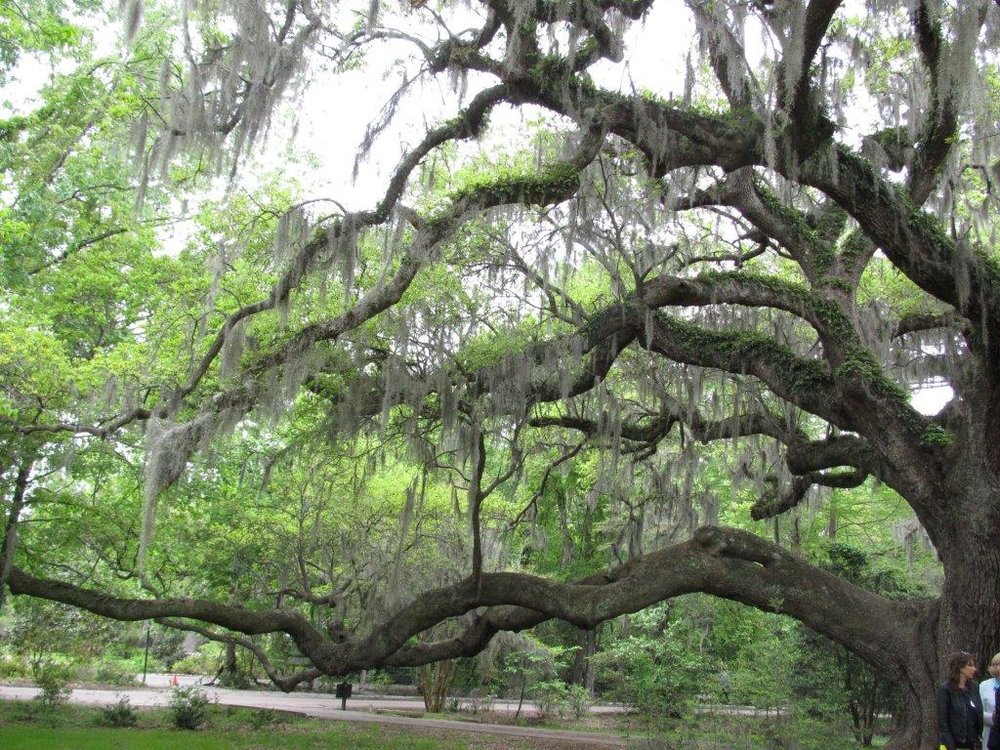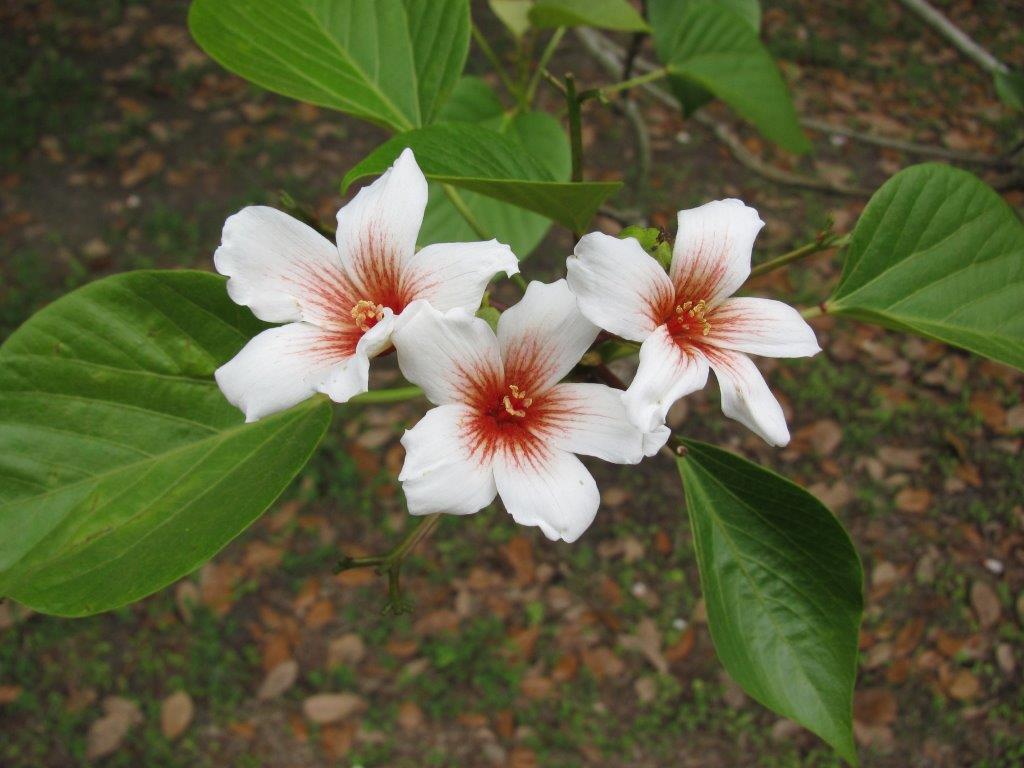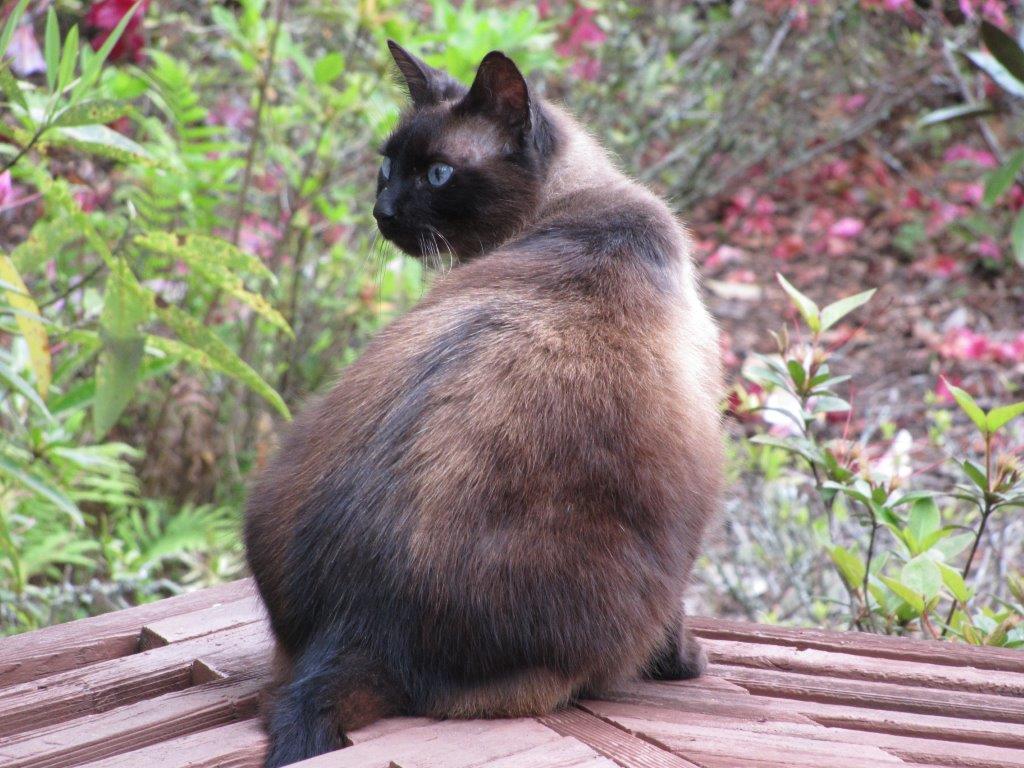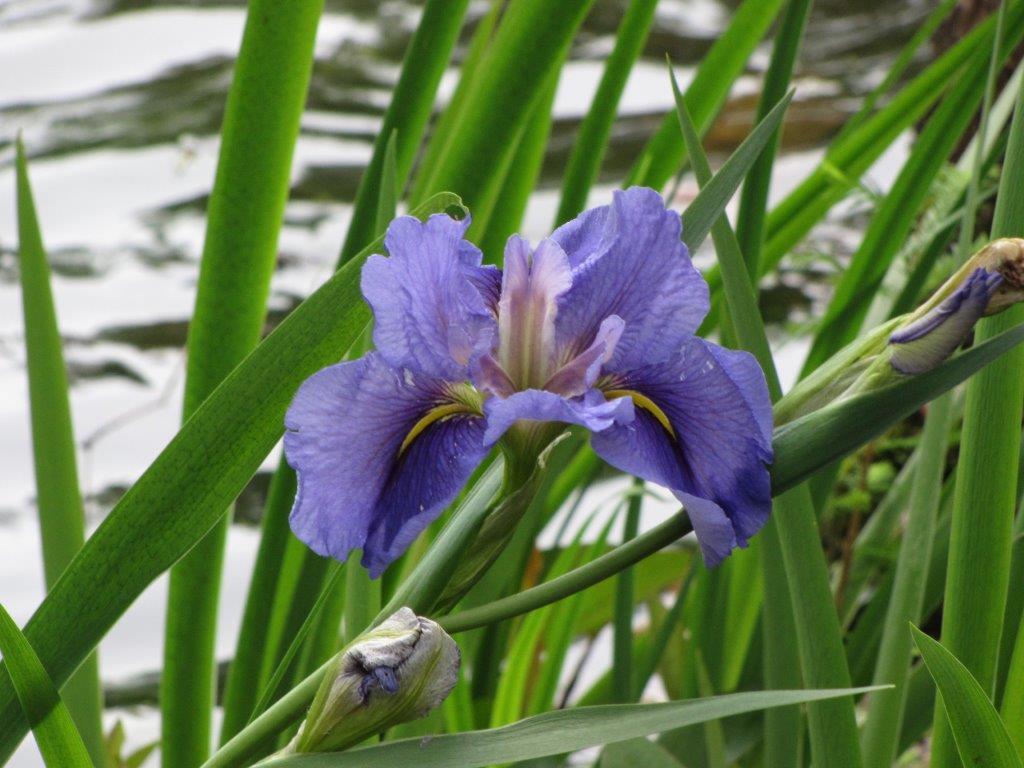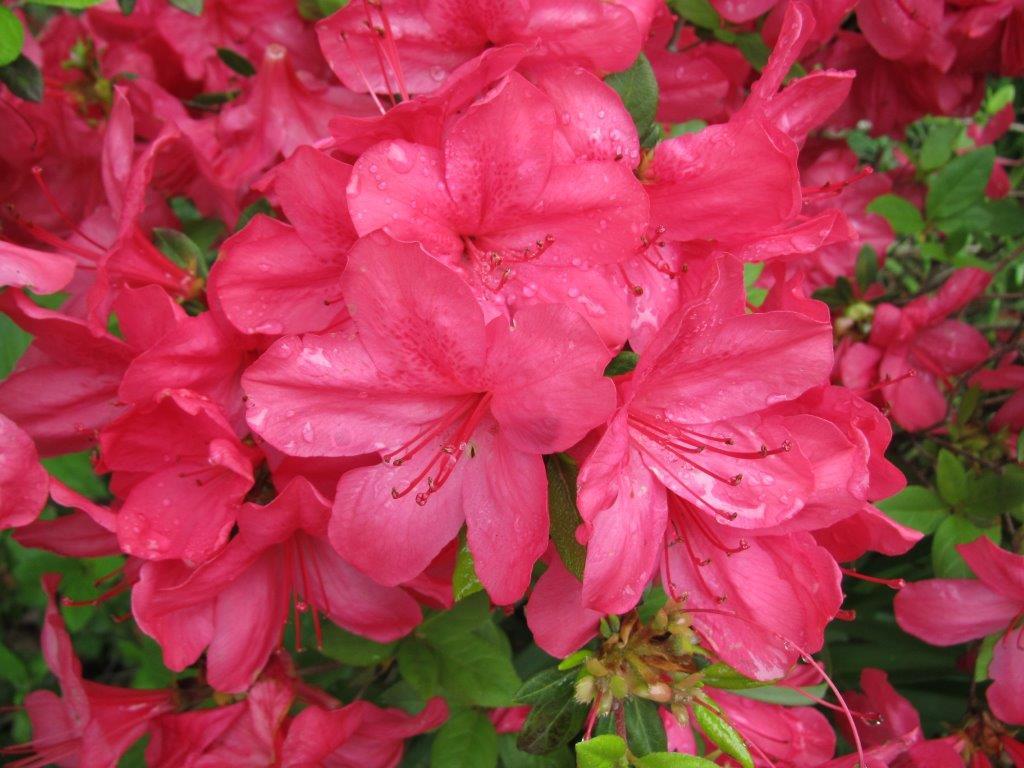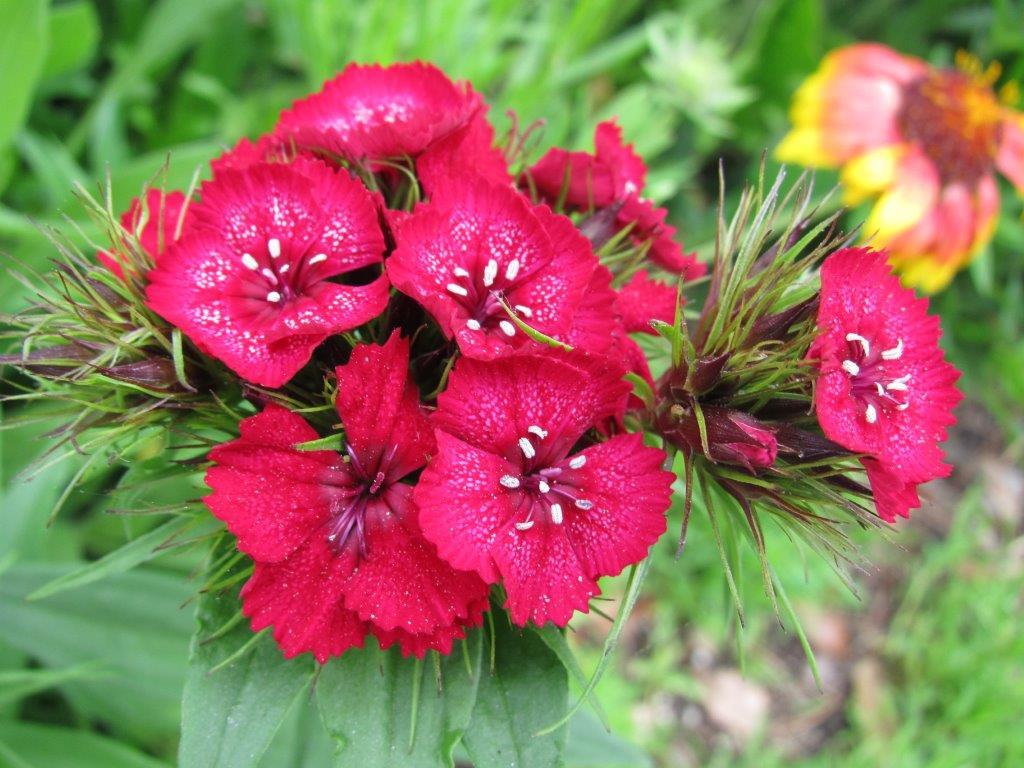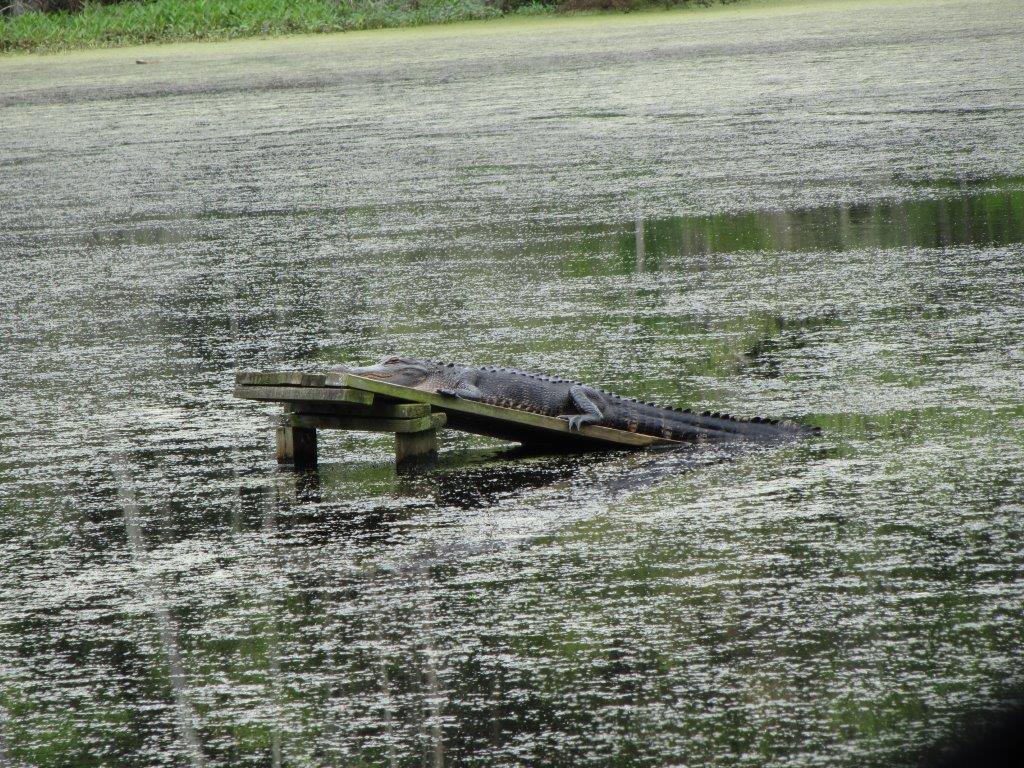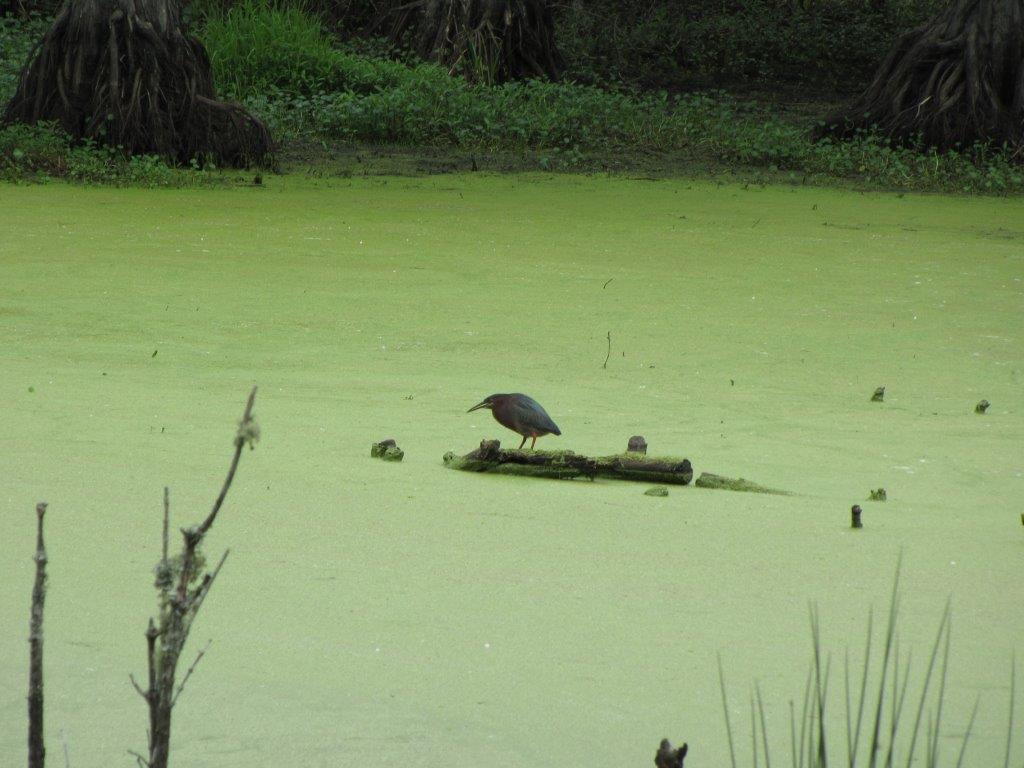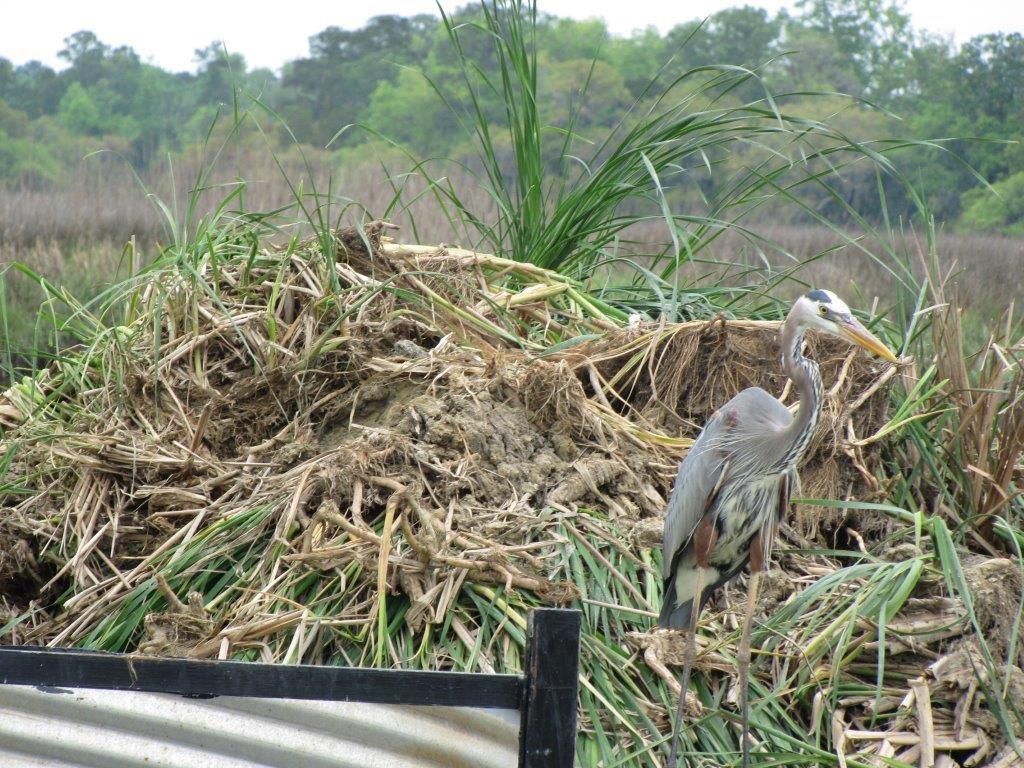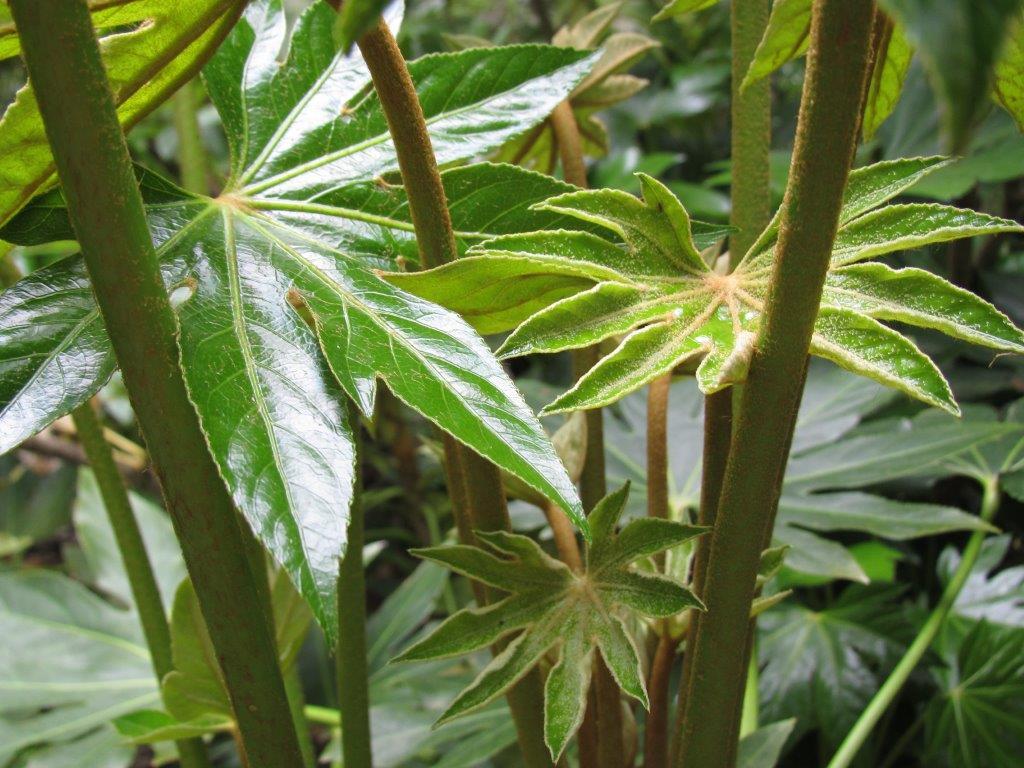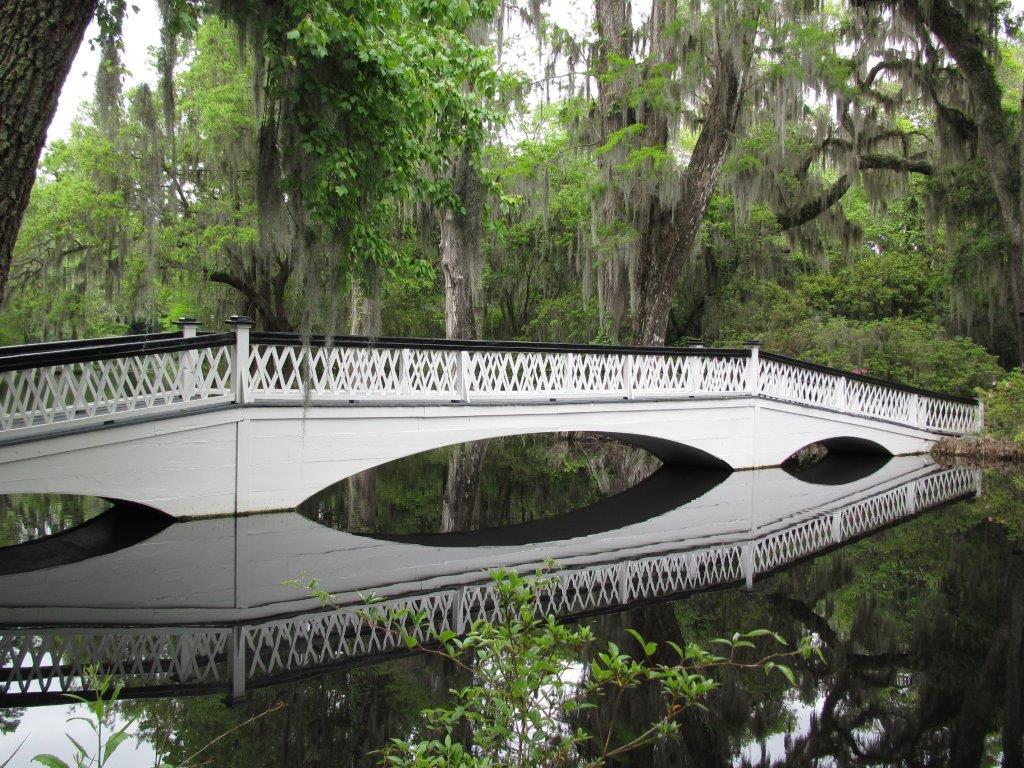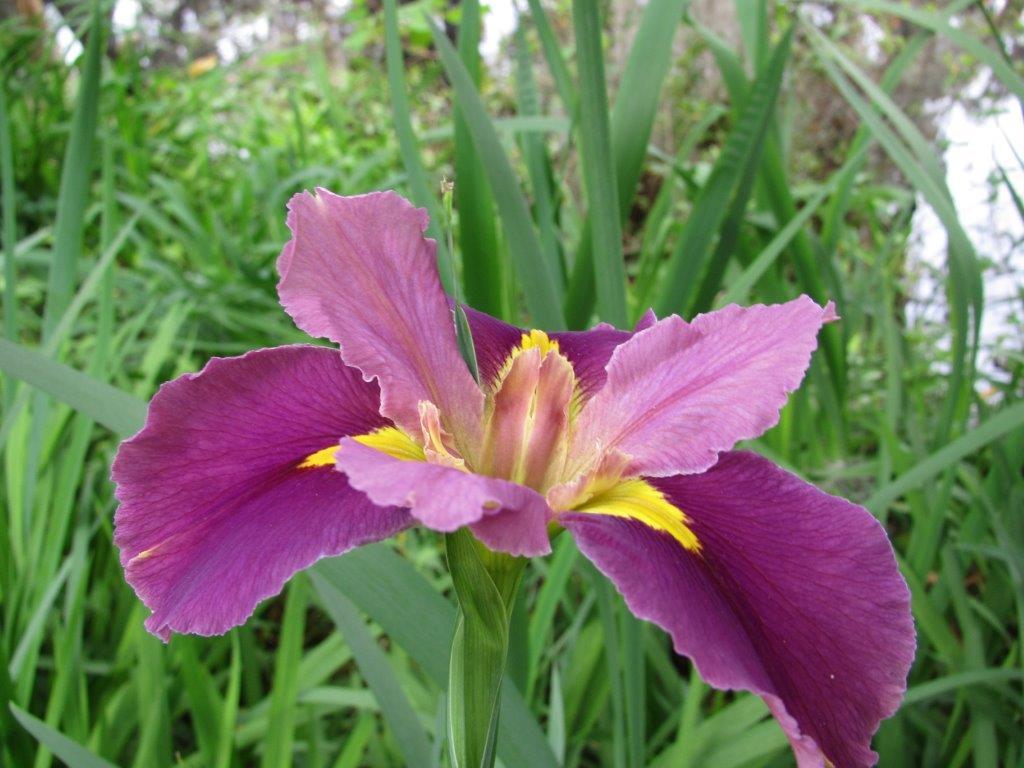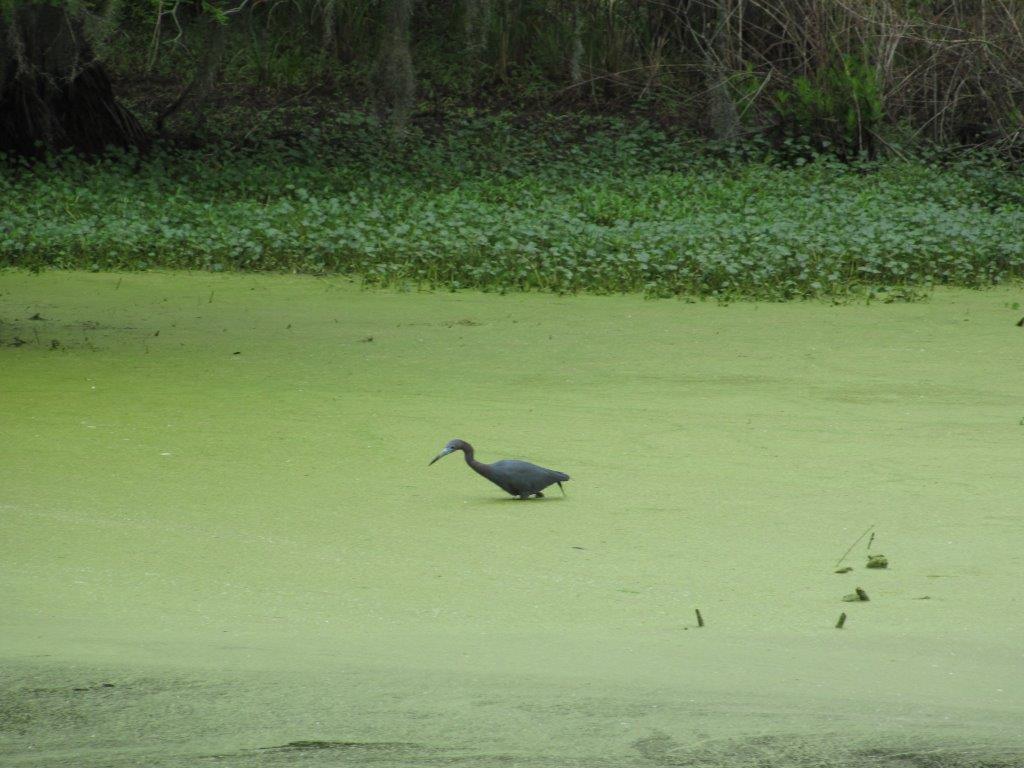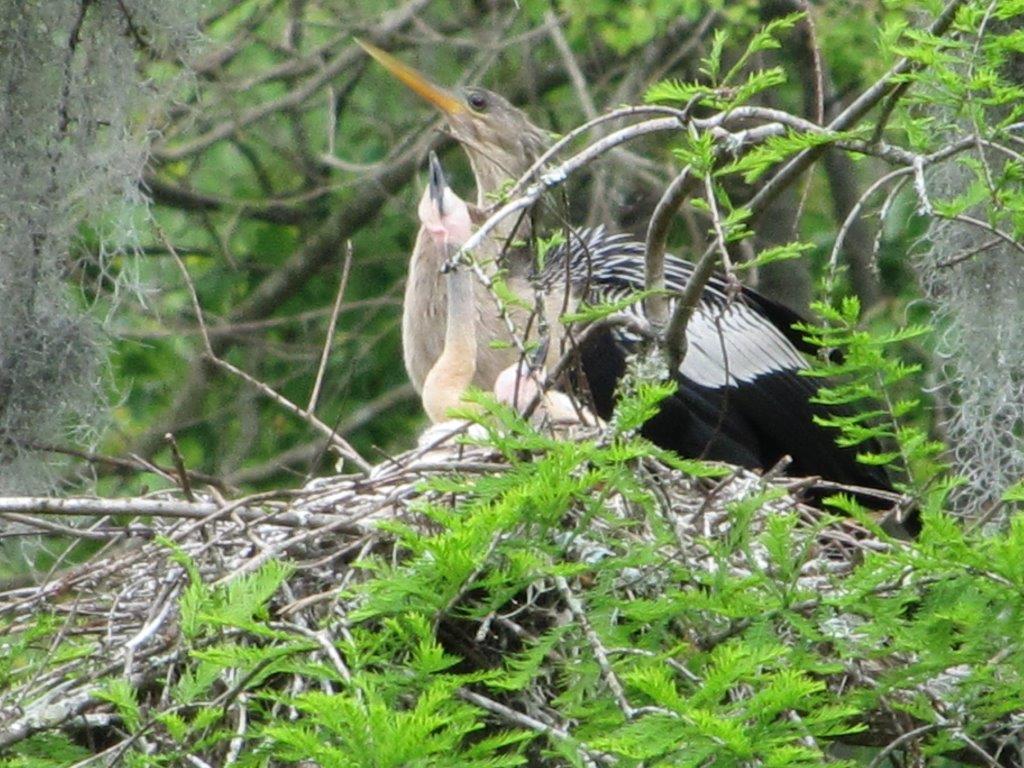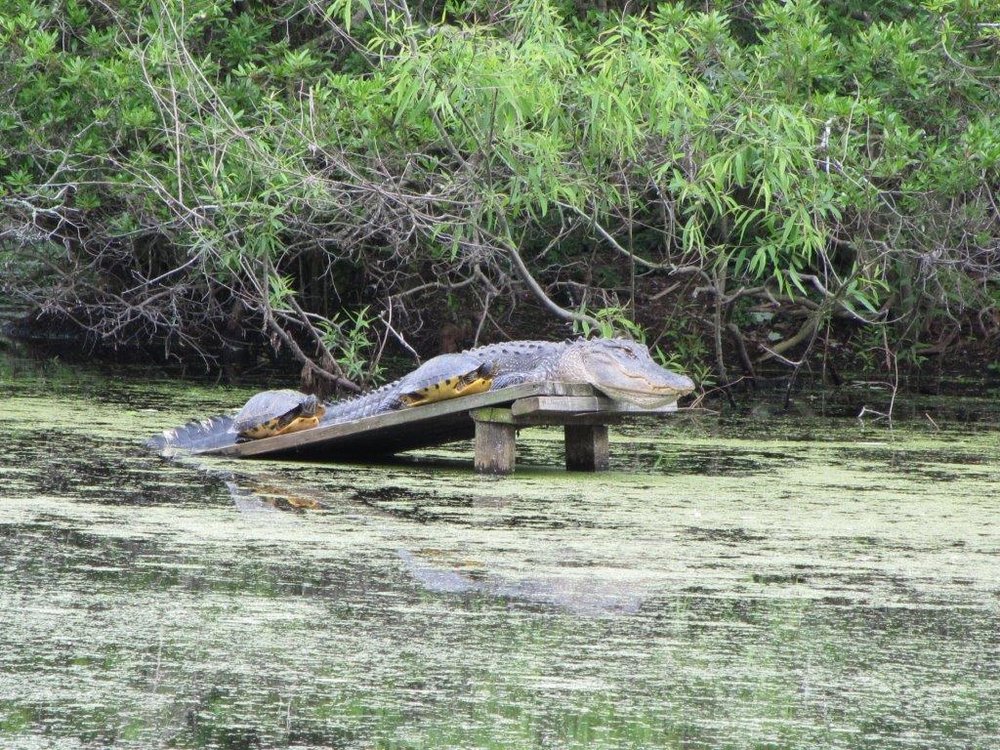Brookside Gardens - May 2013
/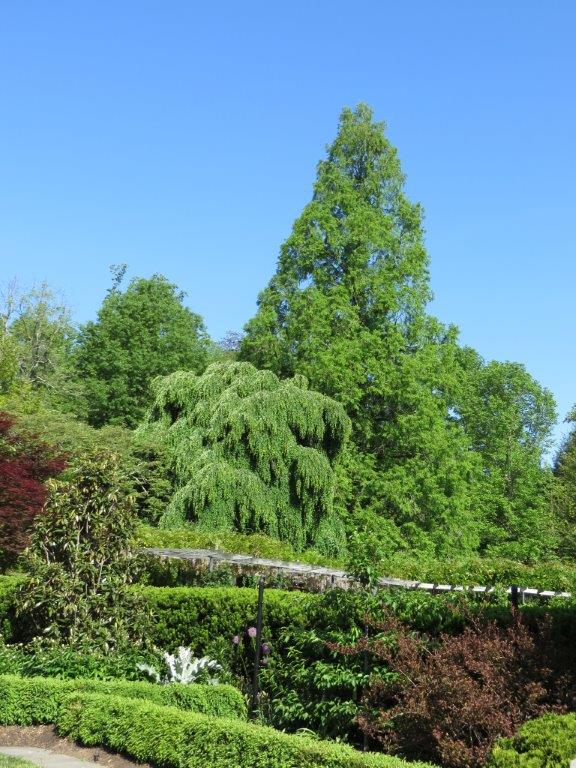
Brookside Gardens was brimming with greenery and late spring flowers. I was there are on a sunny but breezy spring day. The layers of greenery were everywhere but I liked this scene the best:
- The shiny leaves of a Southern magnolia in the left foreground then
- Looking over the hedge surrounding the garden to
- The arbor with spent a wisteria vine whose blossoms have been overcome by green leaves to
- The rounded shape of a willow and then
- The trees beyond….and
- The blue sky backdrop.
Gardens are experienced with as much knowledge and observational energy we care to apply. For me - it is more about the visual appeal of the place and noticing the way plants have changed since the last time I walked around. The deciduous magnolias that were so full of blooms in April are full of green leaves now. Their Southern Magnolia cousins are just beginning to have buds. The beds of tulips are cleared for summer plantings (the gardeners were at work in the dirt while I was there). The almost hidden plants like a single flower standing out in the undergrowth or a hairy fern just unfurling are like finding hidden treasure.
I do not attempt to remember the name of everything I see. Surprising - I have come to recognize many of the plants over the years. I am pleased that I look for - and find - Jack-in-the-Pulpits almost every year but usually they are in undisturbed woodlands rather than gardens. This year there were quite a few at Brookside and they looked like they had been planted!
Brookside has quite a collection of azaleas and rhododendron and I enjoy every year. Poppies are increasingly popular. The gingko tree near the entrance is a tree I always check; the shape of their leaves, the way the leaves flutter in the slightest breeze, the lighter green in the spring and summer then yellow in fall….it is probably my favorite tree of the gardens.
Enjoy the May 2013 at Brookside slide show!


